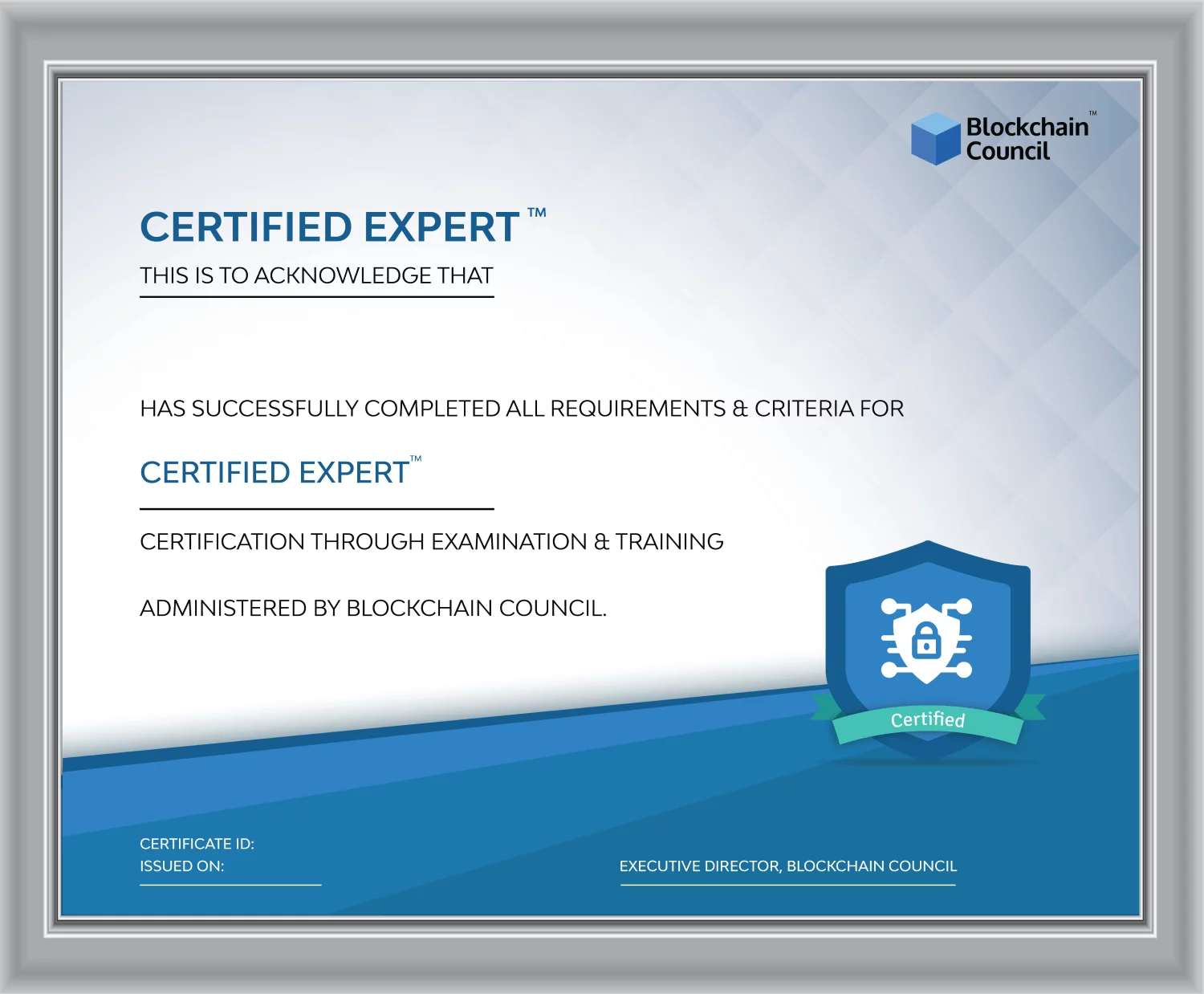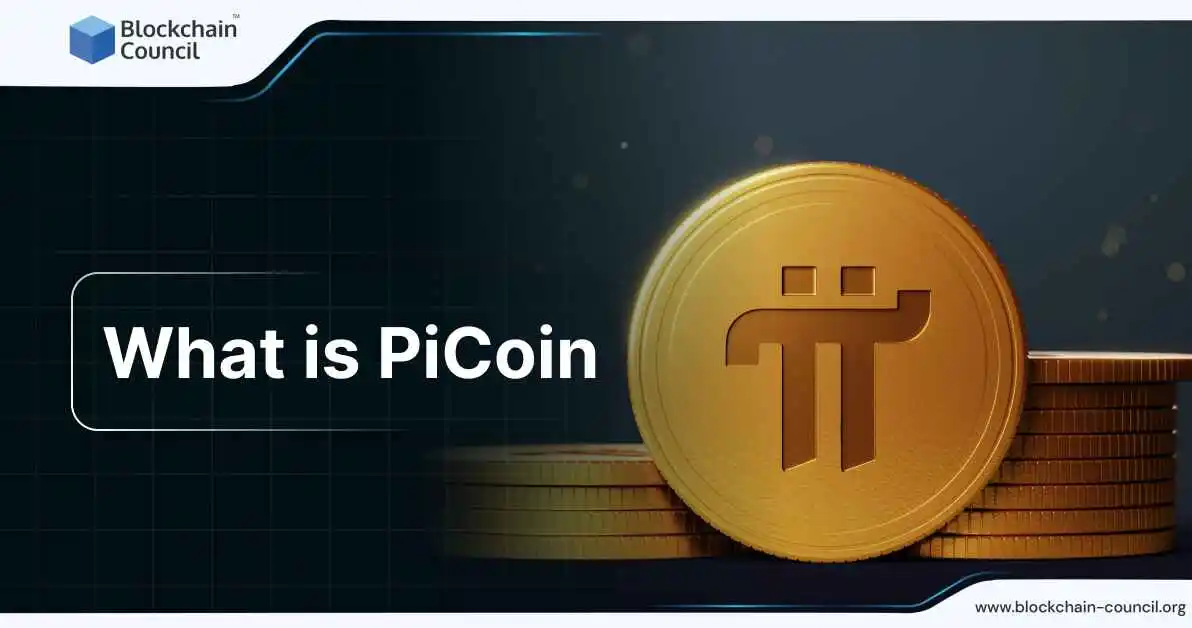
- Blockchain Council
- February 20, 2025
PiCoin, the digital currency of Pi Network, aims to change that by making crypto mining accessible to anyone with a smartphone. Unlike Bitcoin, which demands specialized mining rigs, PiCoin allows users to mine directly from their mobile devices without consuming excessive battery life or electricity.
Since its launch on March 14, 2019, Pi Network has attracted over 70 million users globally, making it one of the most anticipated blockchain projects. With its Open Mainnet set to launch on February 20, 2025, interest in what is PiCoin and its potential is growing rapidly.
What is PiCoin?
PiCoin is the official cryptocurrency of the Pi Network, designed for easy mobile-based mining. Unlike traditional cryptocurrencies that require expensive computing setups, PiCoin can be mined with just a smartphone. This method makes cryptocurrency participation accessible to a wider audience, even for those without technical expertise or financial resources to invest in high-end mining equipment.
Pi Network was founded by Stanford graduates Dr. Nicolas Kokkalis, Dr. Chengdiao Fan, and their team. They aimed to build a decentralized, user-friendly financial ecosystem. While PiCoin is not yet available for open trading, the upcoming Open Mainnet launch will allow transactions outside the network, bringing PiCoin one step closer to real-world adoption.
PiCoin Tokenomics: Supply and Distribution
Understanding PiCoin’s tokenomics is essential for assessing its future value and sustainability.
Total Supply
The total supply of PiCoin is capped at 100 billion PiCoins.
PiCoin Distribution Breakdown
- Mining Rewards (65%) – Distributed to users for mining and securing the network.
- Ecosystem Development (10%) – Supports dApps, businesses, and partnerships.
- Liquidity Pool (5%) – Provides liquidity for transactions.
- Core Team and Early Contributors (20%) – Reserved for the development team and early supporters.
This model ensures that PiCoin remains decentralized and sustainable while encouraging real-world adoption.
How Does PiCoin Work?
Pi Network operates on the Stellar Consensus Protocol (SCP), a consensus mechanism designed for energy-efficient transactions. Instead of solving complex mathematical problems like Bitcoin, PiCoin transactions are verified through security circles.
Key Features of PiCoin’s Mining Model
- Mobile-Based Mining – Users mine PiCoin by opening the Pi Network app and tapping a button daily.
- No Battery Drain – Mining does not slow down devices or increase power usage.
- Trust-Based Security – Instead of expensive mining rigs, users validate transactions within trusted security circles.
This approach makes PiCoin mining simple, eco-friendly, and inclusive.
Open Mainnet and Upcoming Developments
The Open Mainnet launch on February 20, 2025, is a critical moment for PiCoin. It will allow:
- External wallet transfers, letting users move PiCoin beyond the Pi Network app.
- Exchange listings, enabling users to trade PiCoin for other cryptocurrencies or fiat money.
- More real-world adoption, as businesses begin accepting PiCoin as payment.
Growing Exchange Interest
Several major cryptocurrency exchanges have expressed interest in listing PiCoin after the Open Mainnet launch. If major platforms support it, PiCoin’s liquidity and value may increase as more people start trading it.
PiCoin Price and Market Performance
As of February 18, 2025, PiCoin is trading at $68.85 with a 24-hour trading volume of $980,046.08. In the last 24 hours, its price has increased by 7.48%, and over the past week, it has seen a 44.95% rise.
While future price predictions vary, analysts suggest that PiCoin’s value will depend on adoption, exchange support, and overall demand.
Where Can You Use PiCoin?
PiCoin is gaining real-world utility as businesses and individuals integrate it into transactions.
- Retail Payments – More than 100 stores in South Korea now accept PiCoin.
- Online Marketplaces – Some platforms allow users to buy and sell products with PiCoin.
- Freelancing Services – Writers, designers, and developers are offering services in exchange for PiCoin.
- Peer-to-Peer Transfers – Users can send PiCoin to others instantly with no banking fees.
These developments show that PiCoin is moving beyond just a mined currency to a usable digital asset.
How PiCoin Compares to Other Cryptocurrencies
People searching for what is PiCoin often compare it to other digital currencies like Bitcoin and Ethereum. PiCoin differs from other digital currencies in several ways:
Mining Method
- PiCoin – Uses mobile-based mining, requiring no expensive hardware.
- Bitcoin – Requires high-energy mining rigs.
- Ethereum – Uses Proof-of-Stake (PoS), which is more energy-efficient but still requires hardware.
Transaction Speed and Fees
- PiCoin – Built for fast, low-cost transactions (exact speed and fees will be confirmed after Open Mainnet).
- Bitcoin & Ethereum – Can experience high fees and slow transactions during peak times.
Adoption and Ecosystem
- Ethereum – Supports decentralized applications (dApps) and smart contracts.
- PiCoin – Expanding real-world use cases, including retail, services, and peer-to-peer transfers.
These differences highlight PiCoin’s potential as a mobile-first, energy-efficient cryptocurrency.
Challenges and Risks of PiCoin
PiCoin’s success is not guaranteed. Several challenges may affect its adoption:
- Regulatory Uncertainty – Cryptocurrency regulations vary by country, which could impact PiCoin’s future.
- Decentralization Concerns – Since users validate transactions in trusted security circles, some critics question whether it is fully decentralized.
- Liquidity Risks – Until PiCoin is listed on major exchanges, its tradability remains limited.
The next few months will determine how well PiCoin overcomes these obstacles.
How to Buy and Store PiCoin Safely?
Where to Buy PiCoin?
Right now, PiCoin can only be mined through the Pi Network app. After Open Mainnet, users will be able to buy and sell PiCoin on exchanges.
Best Storage Options
- Pi Network Wallet – The official app wallet lets users store and manage their coins.
- Hardware Wallets – Devices like Ledger and Trezor will provide offline storage when they support PiCoin.
- Software Wallets – Apps like Trust Wallet and MetaMask may add PiCoin compatibility in the future.
Using strong passwords and enabling two-factor authentication will help keep PiCoin secure.
How to Get Started with PiCoin?
1. Download the Pi Network App
The Pi Network app is available on Android and iOS.
2. Create an Account
Register using a phone number or Facebook account.
3. Start Mining PiCoin
- Open the app and tap the mining button once every 24 hours.
- Invite trusted friends to form a security circle and earn more PiCoin.
4. Complete KYC Verification
To transfer mined PiCoins after the Open Mainnet, users must complete the KYC process.
What’s Next for PiCoin? Expert Predictions
PiCoin’s future depends on adoption, business partnerships, and regulatory clarity.
- Supporters believe PiCoin could pass $100 if adoption continues growing.
- Critics argue that PiCoin still lacks major use cases outside its ecosystem.
- Institutional investors may impact growth if PiCoin secures partnerships with large companies.
The next year will be crucial in determining whether PiCoin can become a mainstream cryptocurrency.
Final Thoughts
PiCoin offers a new approach to cryptocurrency mining, making it accessible to millions through mobile technology. With the Open Mainnet launching in 2025, PiCoin will soon be tradable on exchanges and usable in real-world transactions.
While some challenges remain, its growing community and expanding use cases suggest that PiCoin has strong potential in the digital economy.

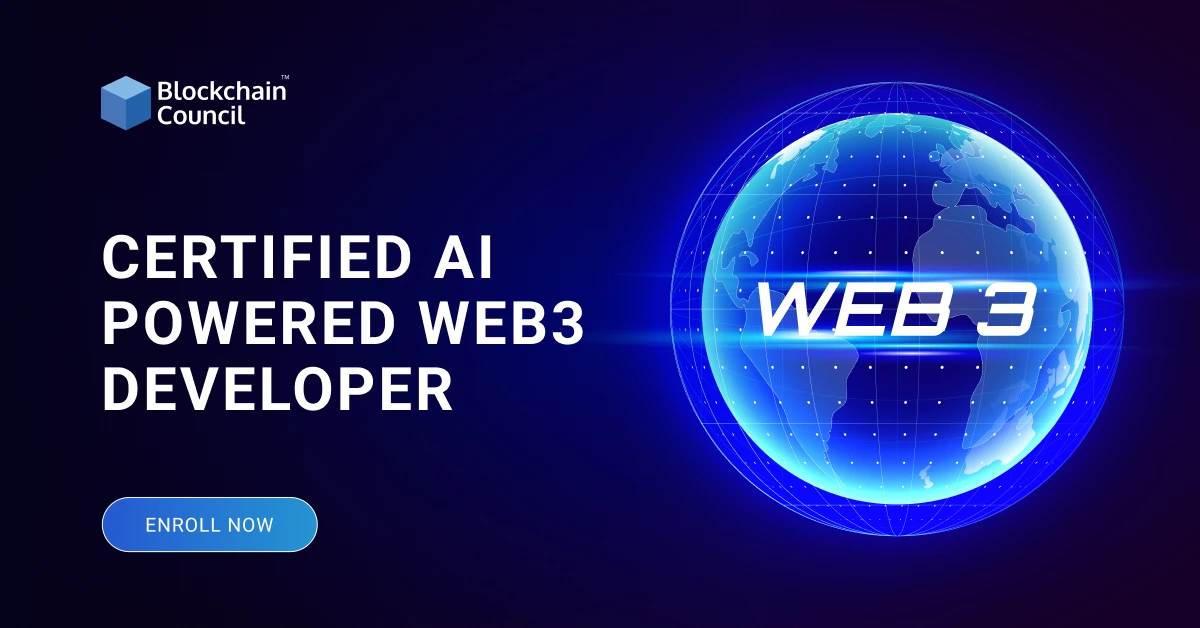

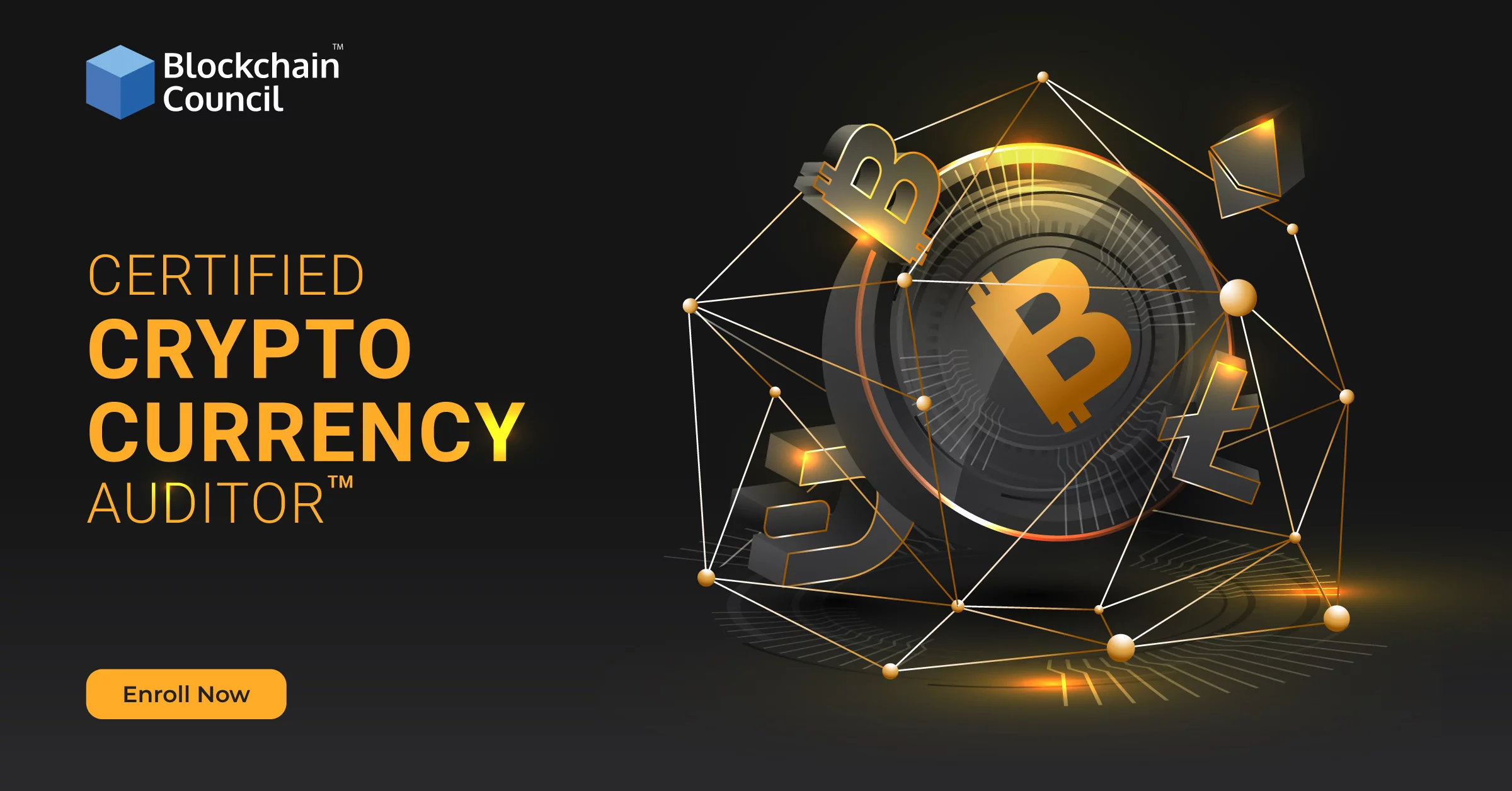

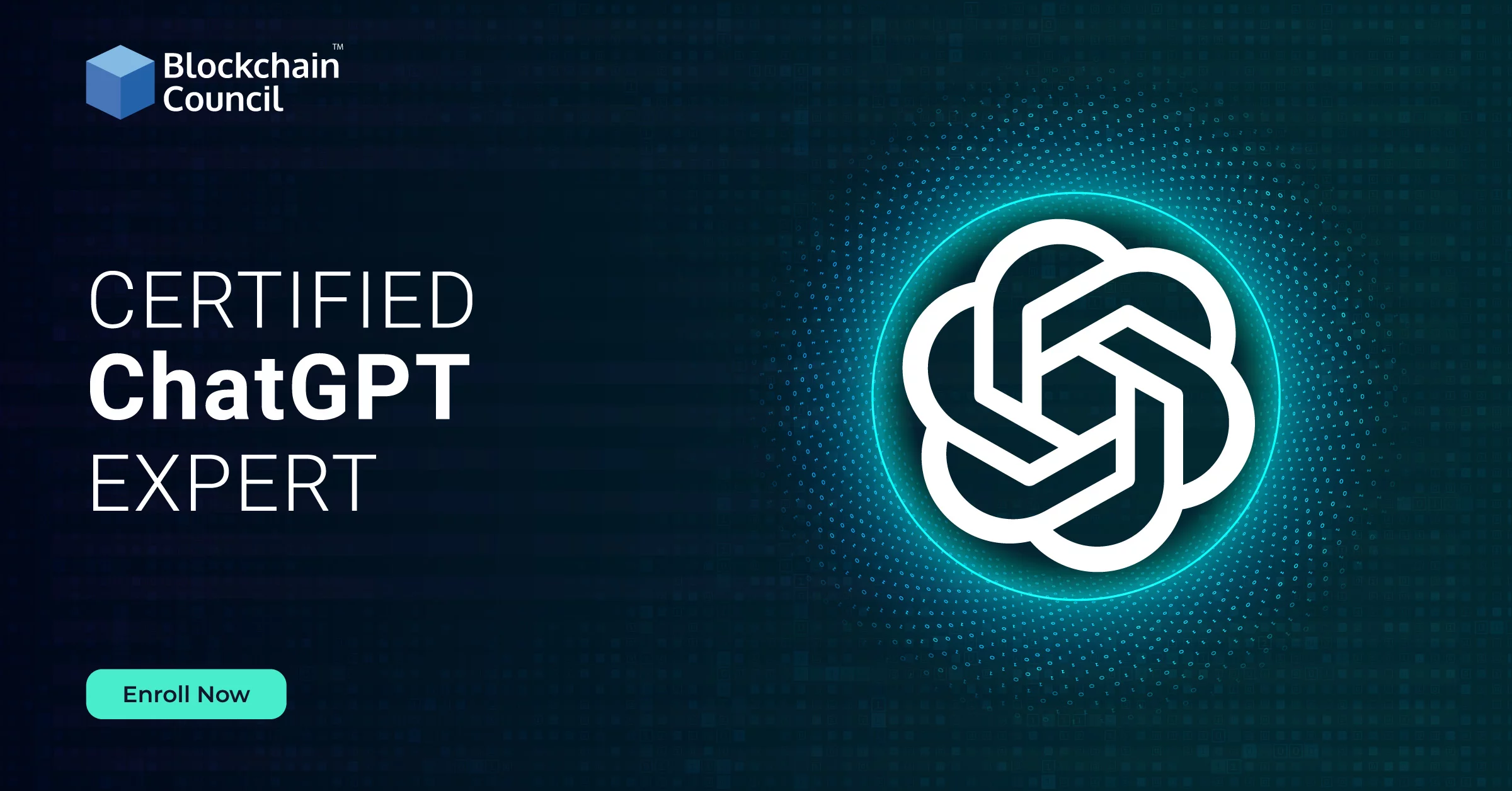
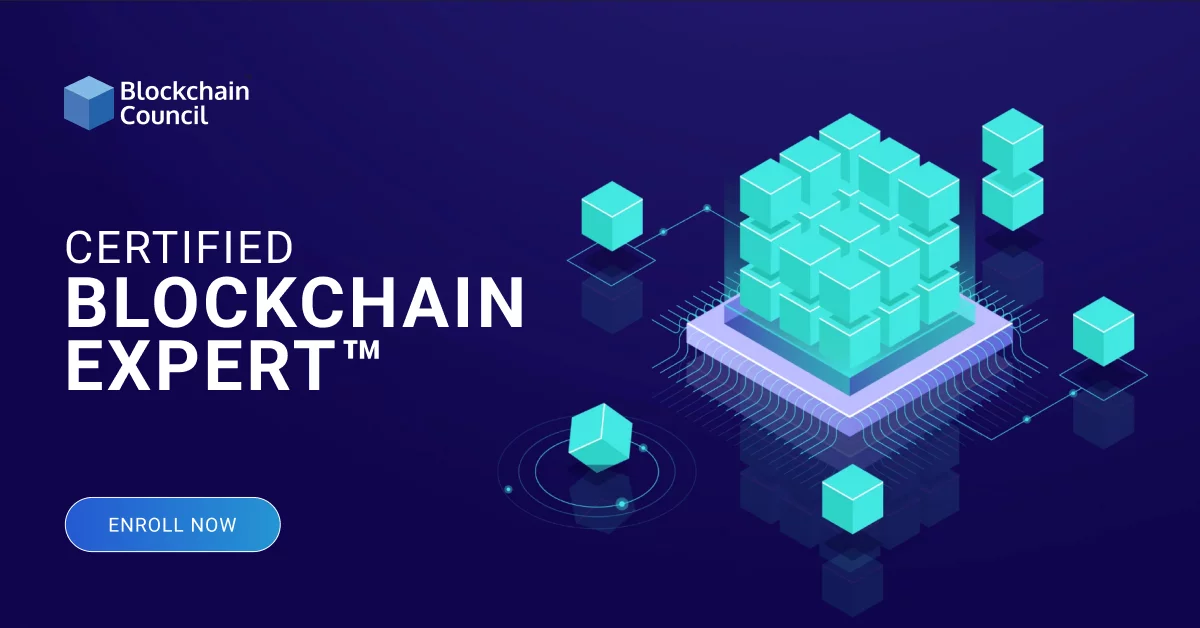

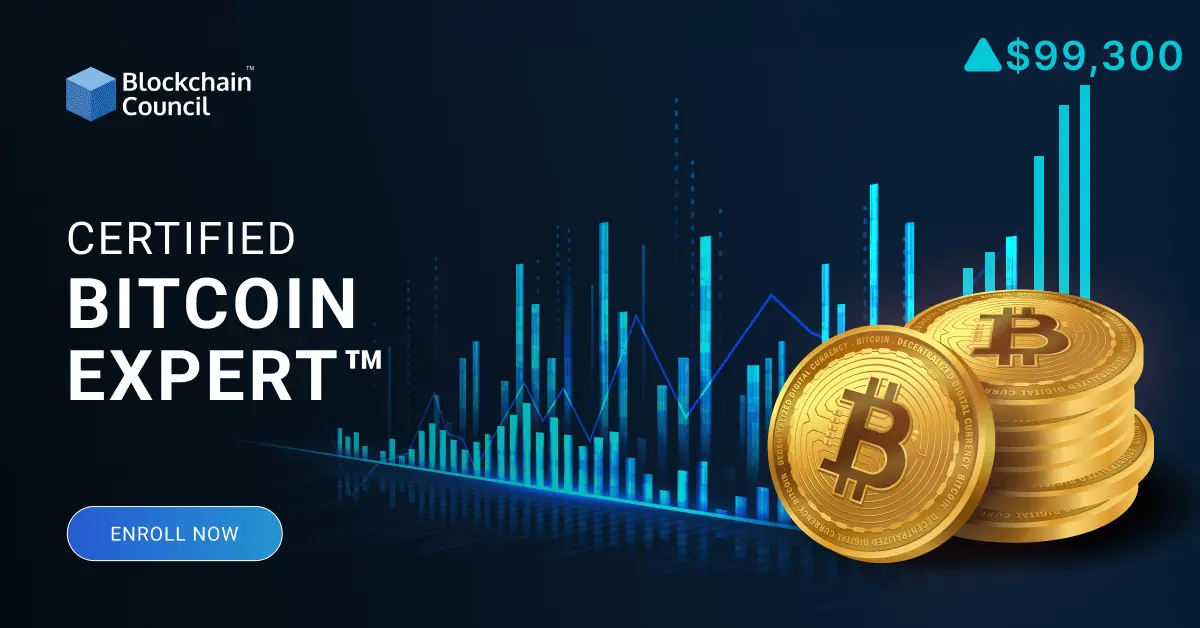

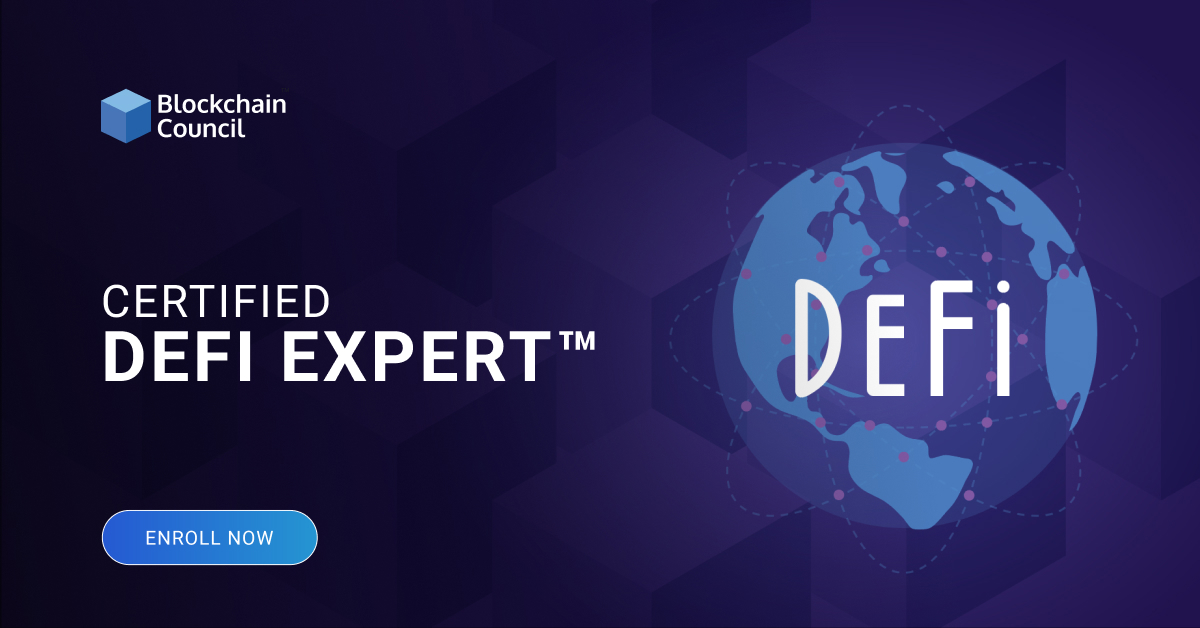
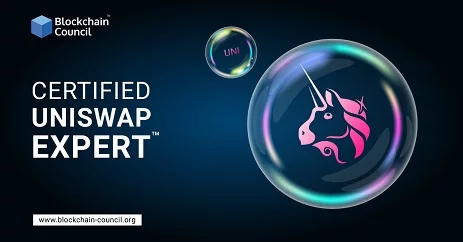
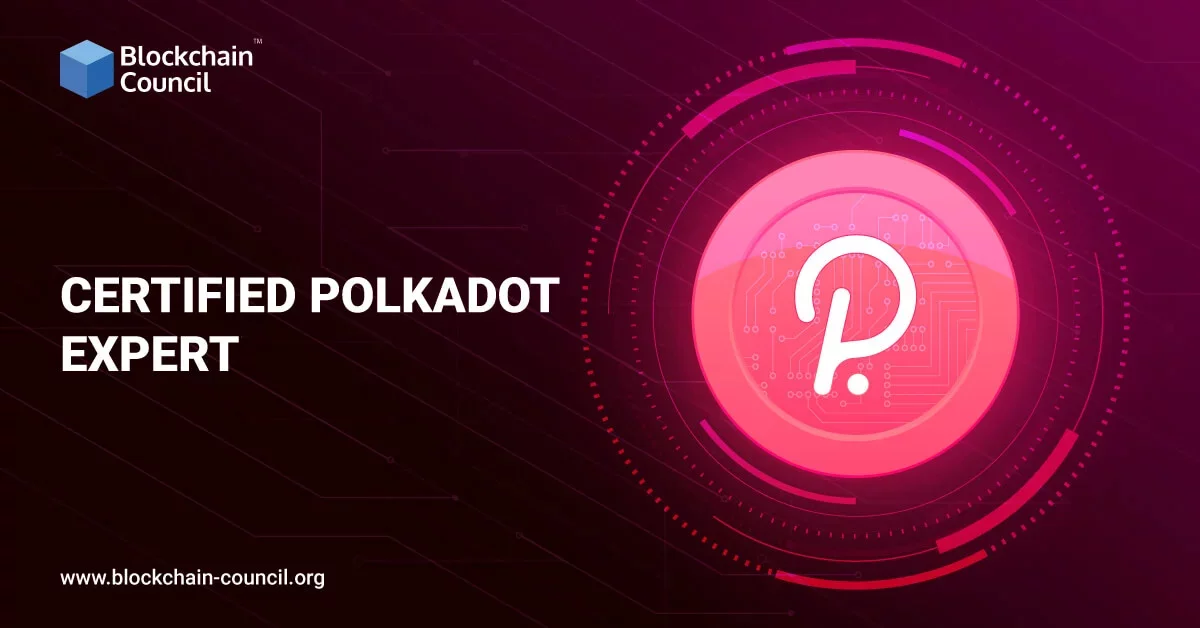

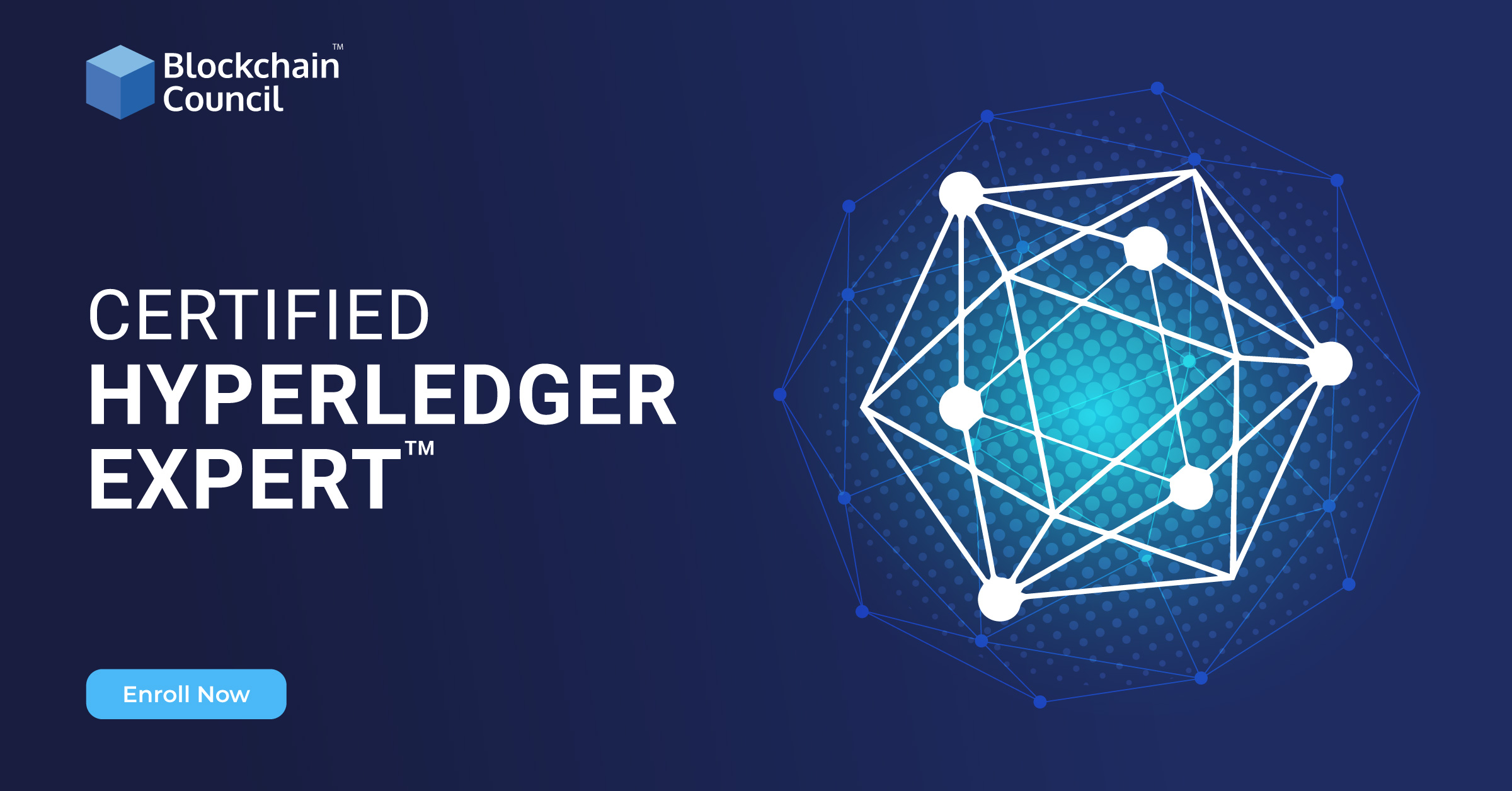
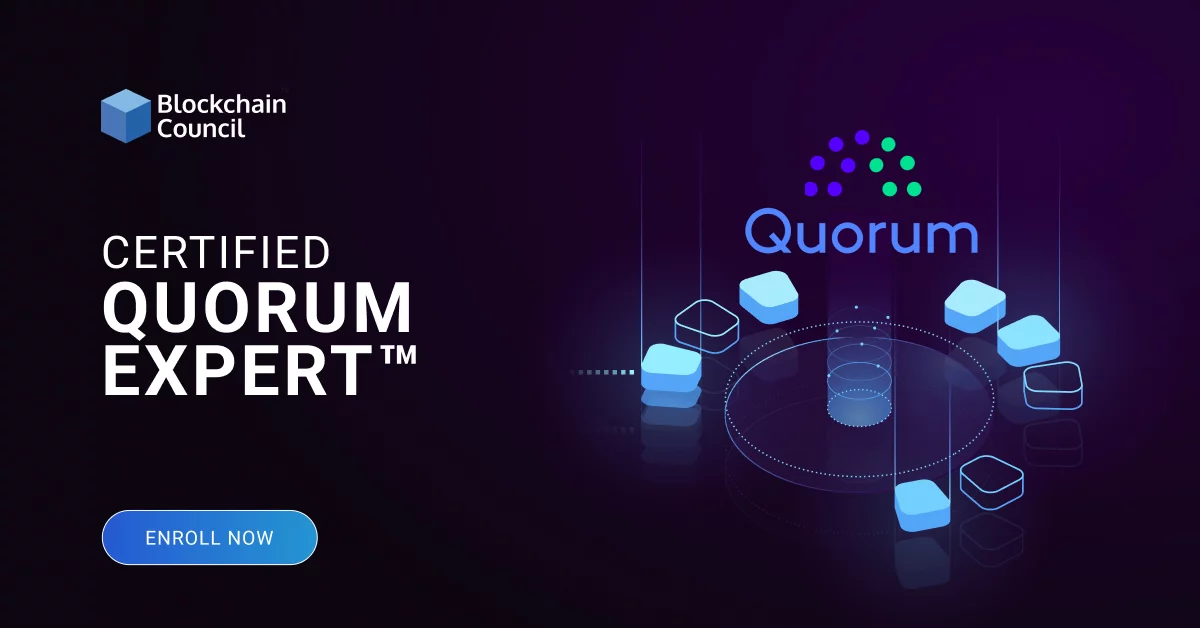
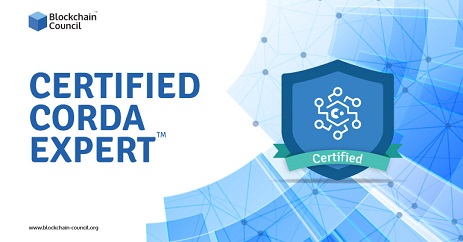
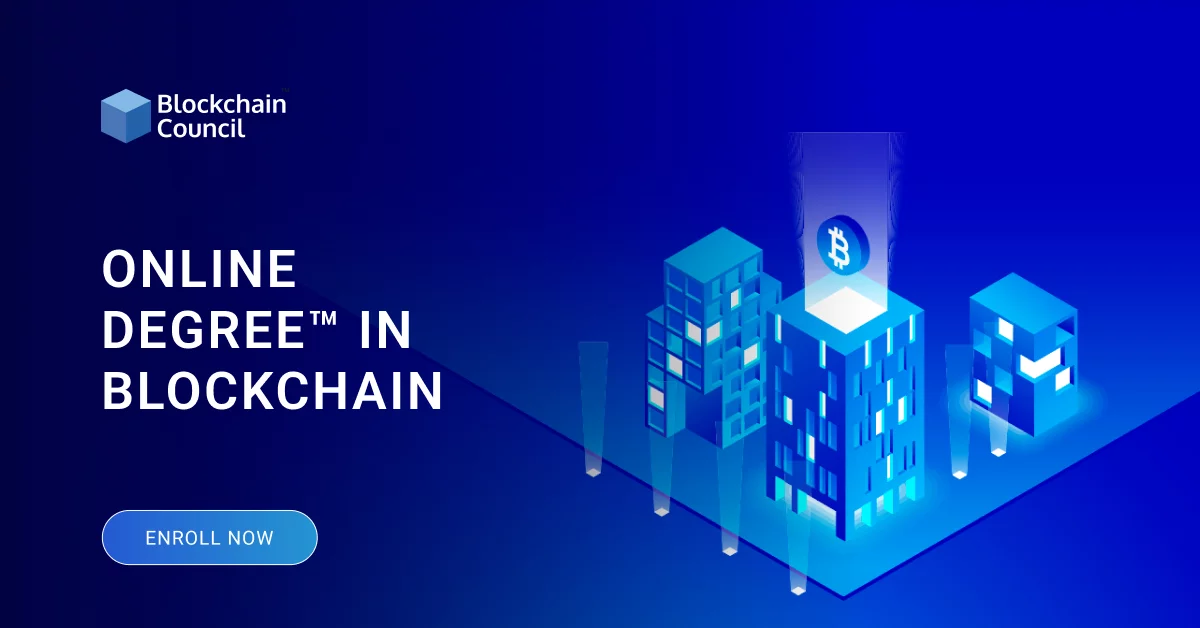
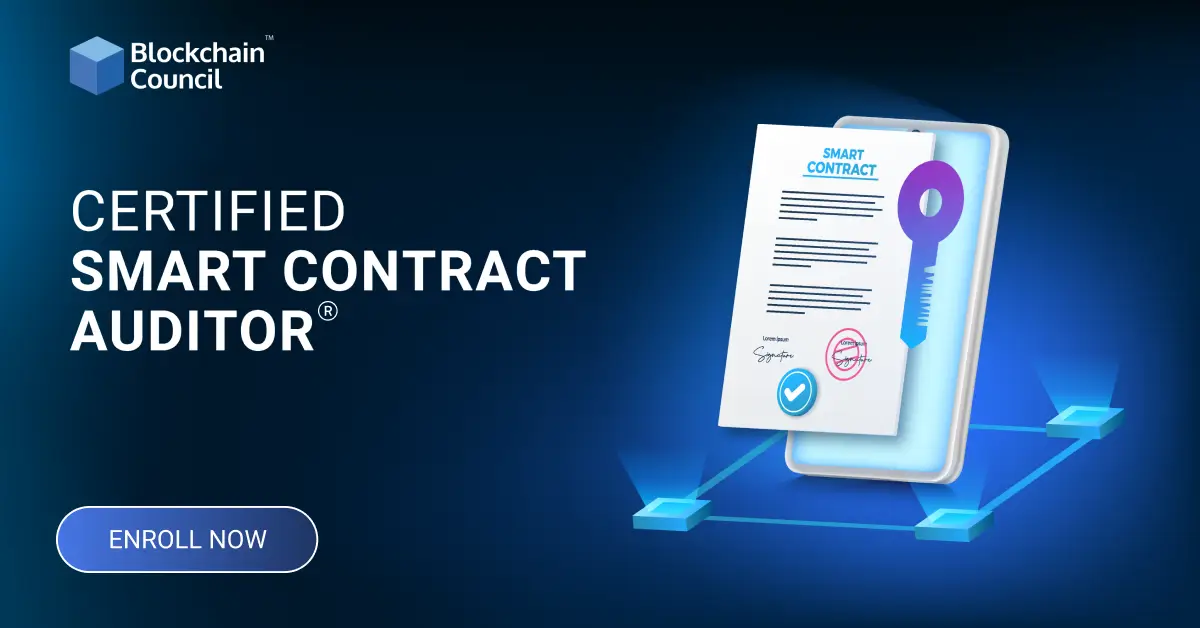
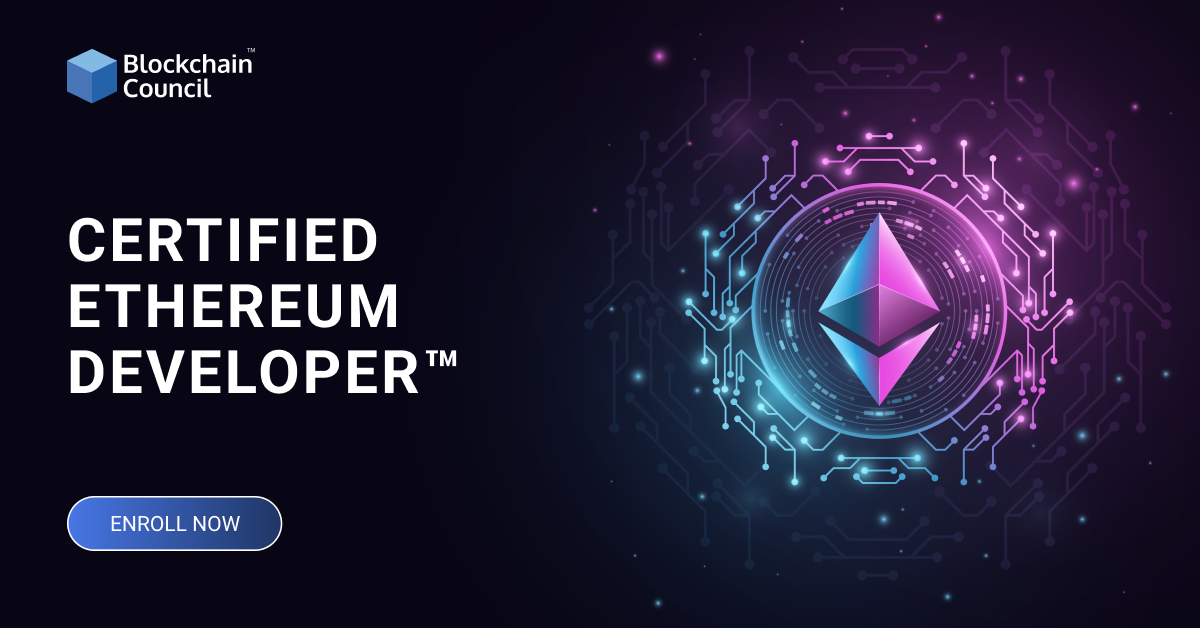

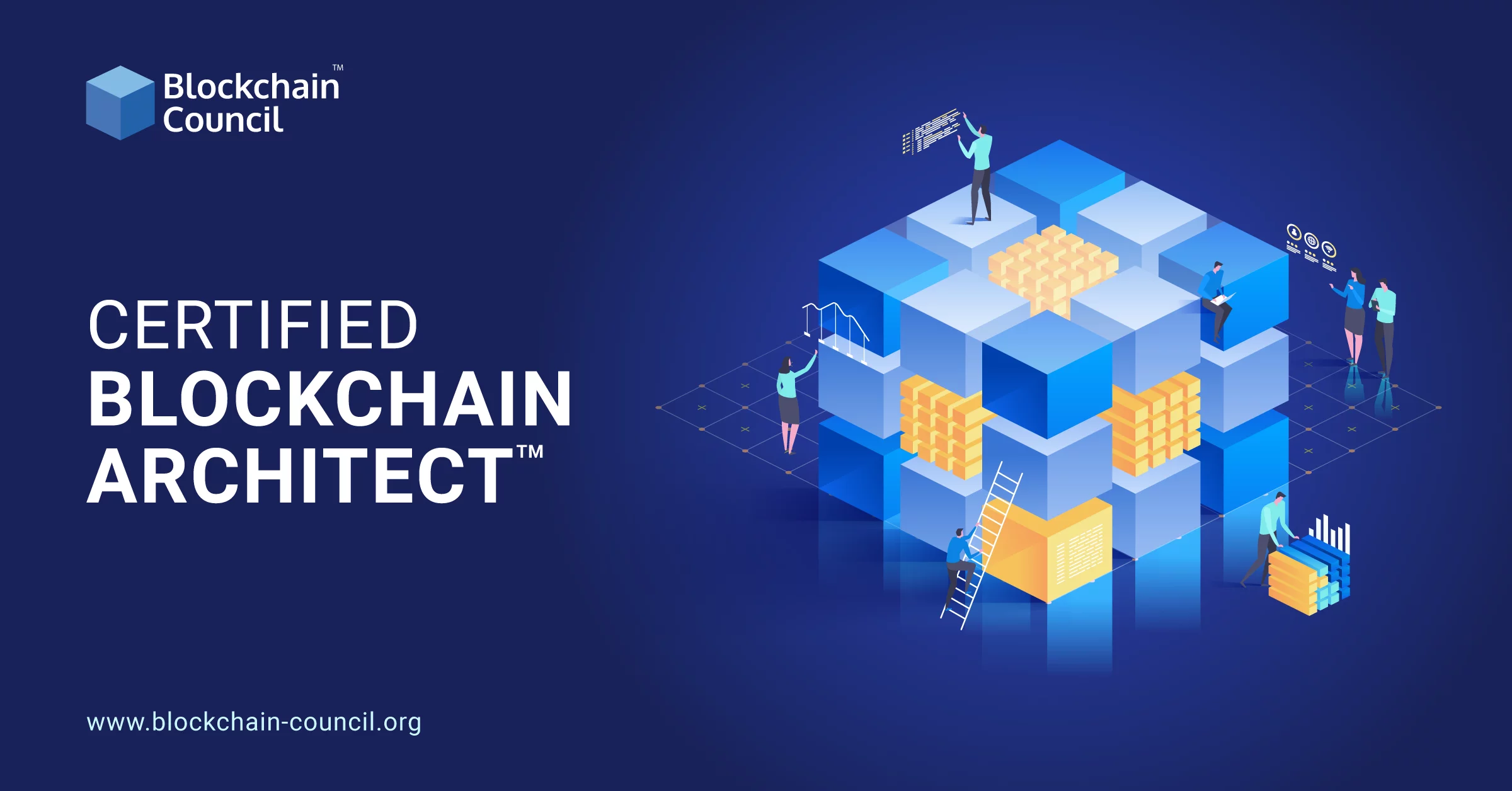

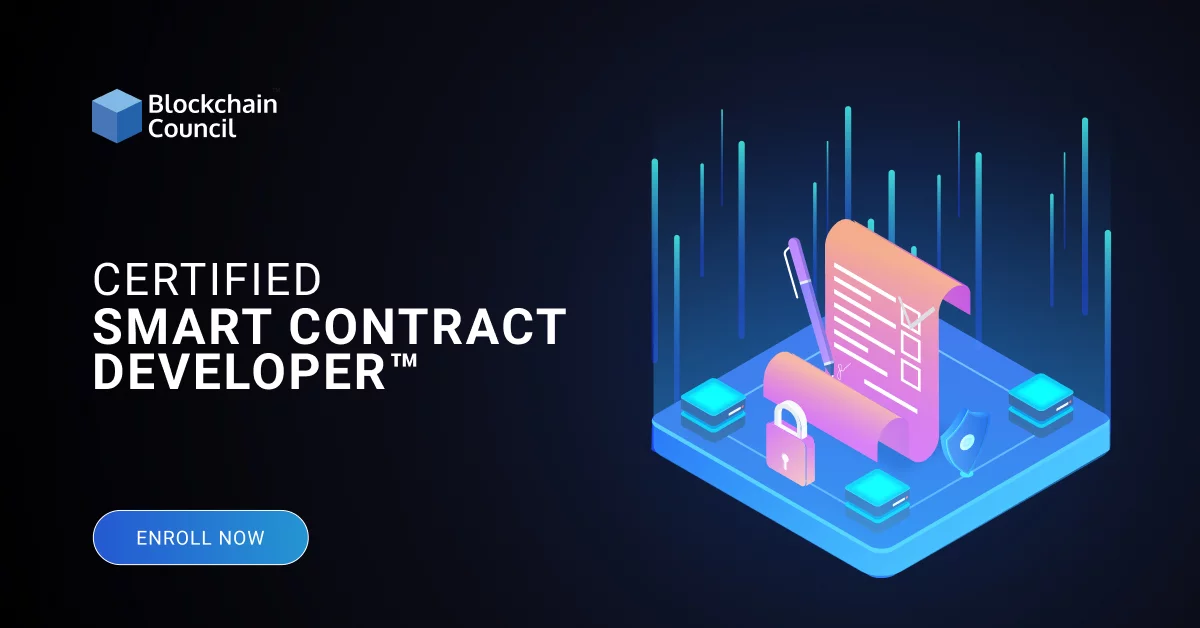
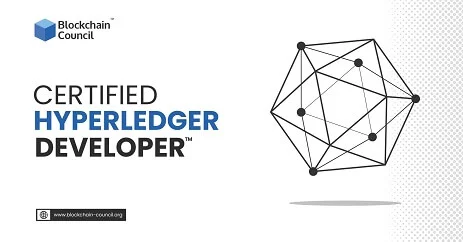
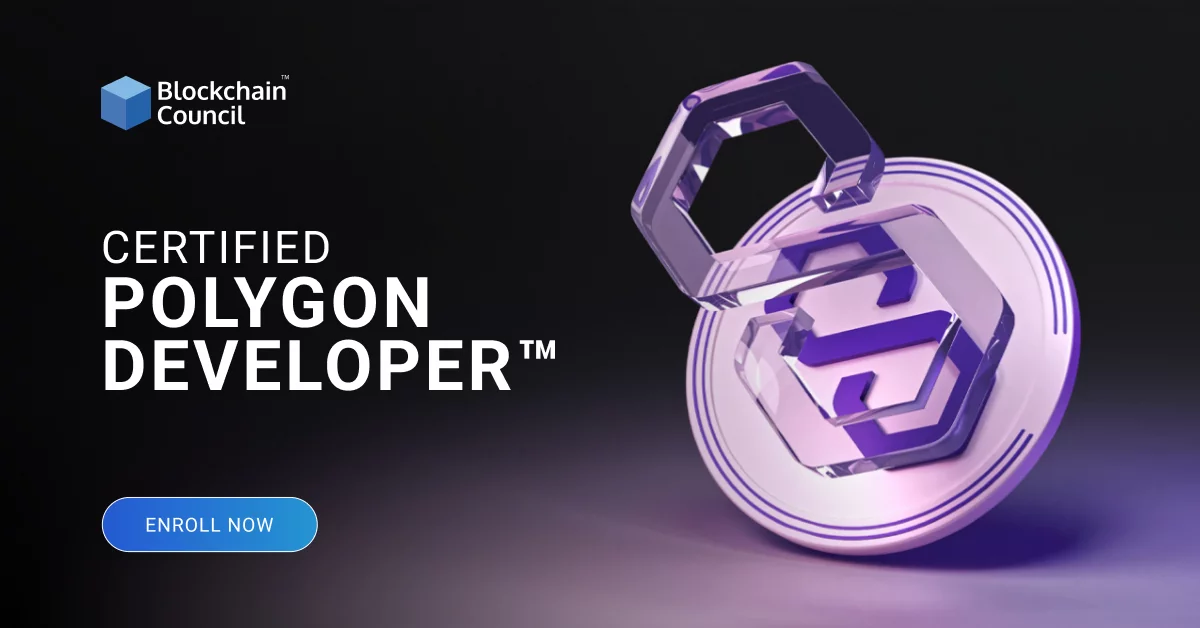
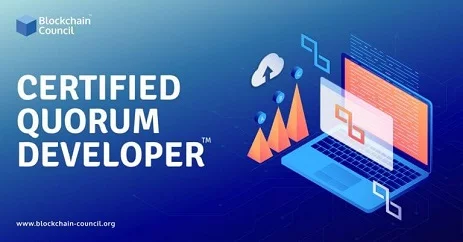
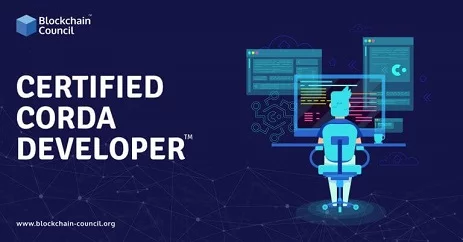
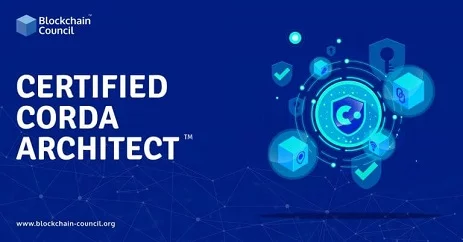
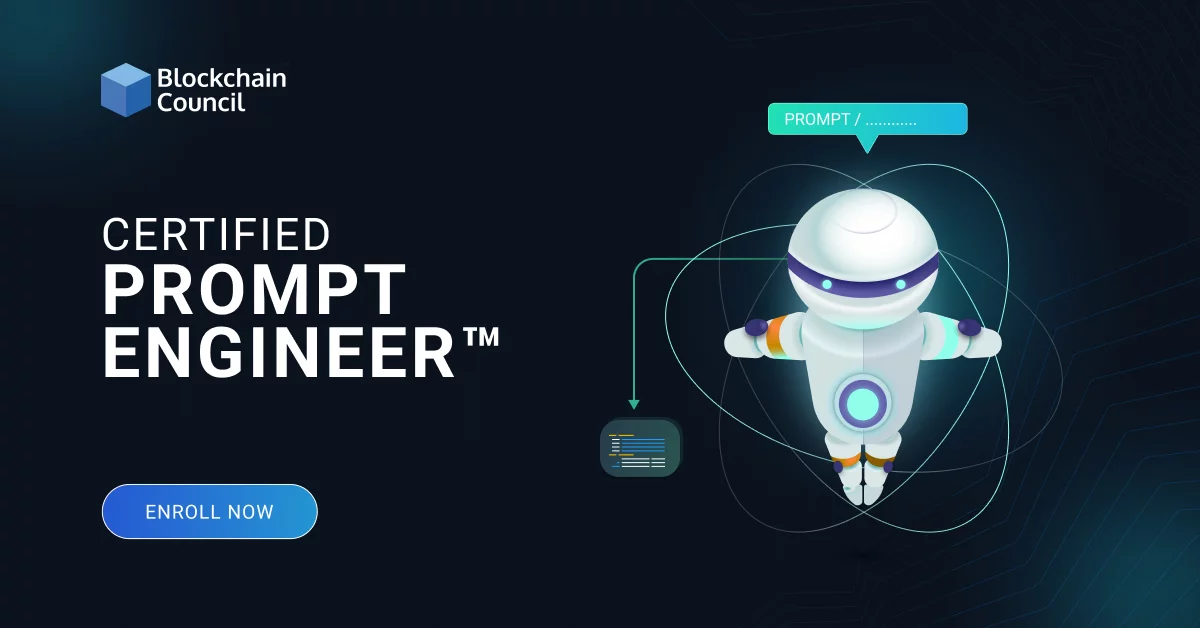
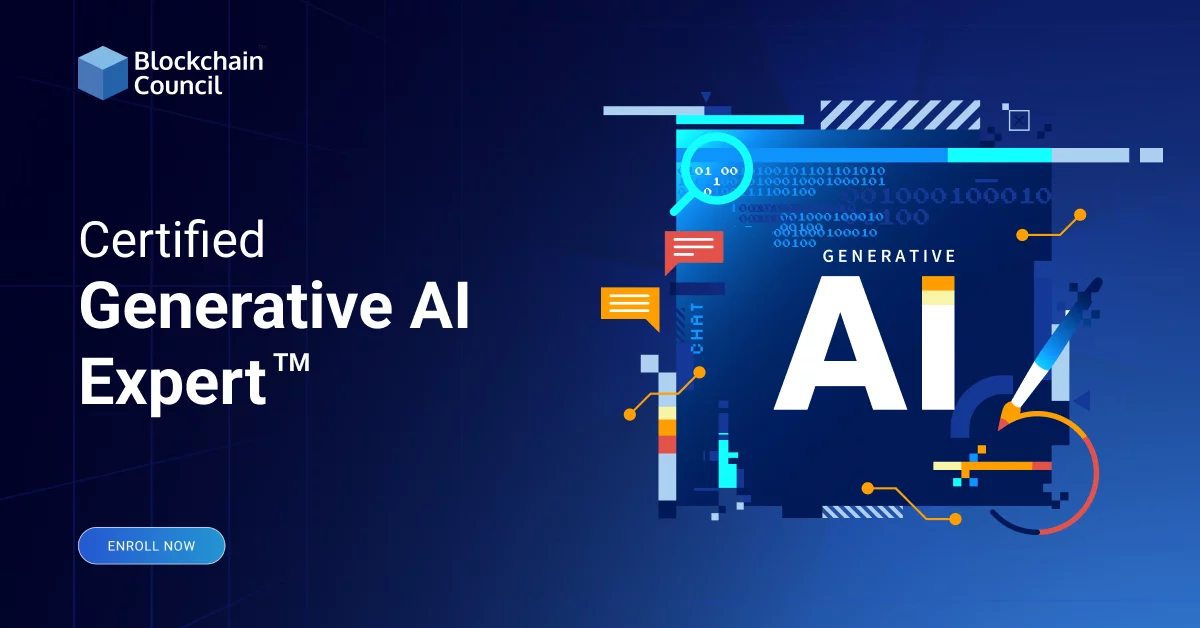


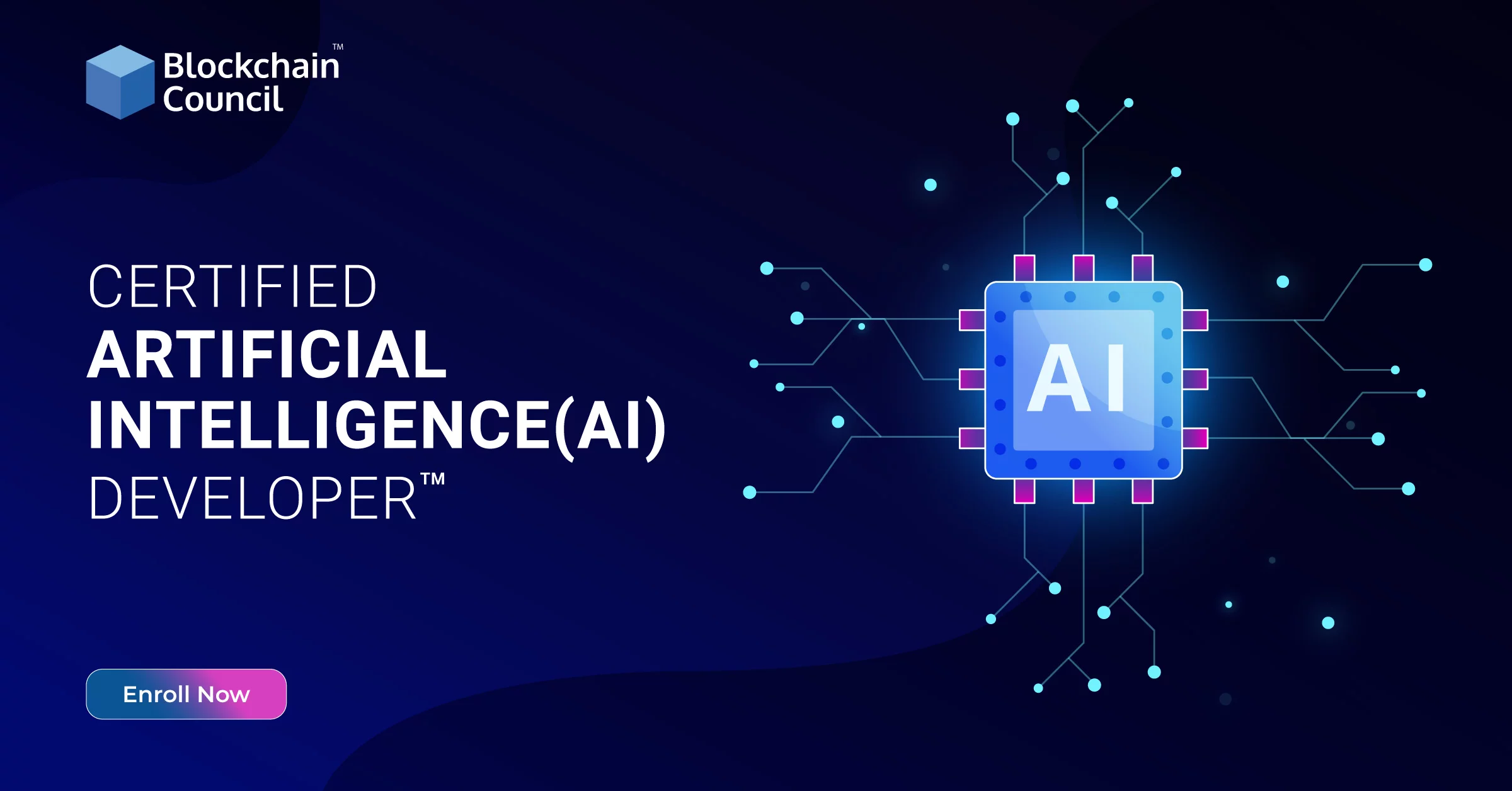
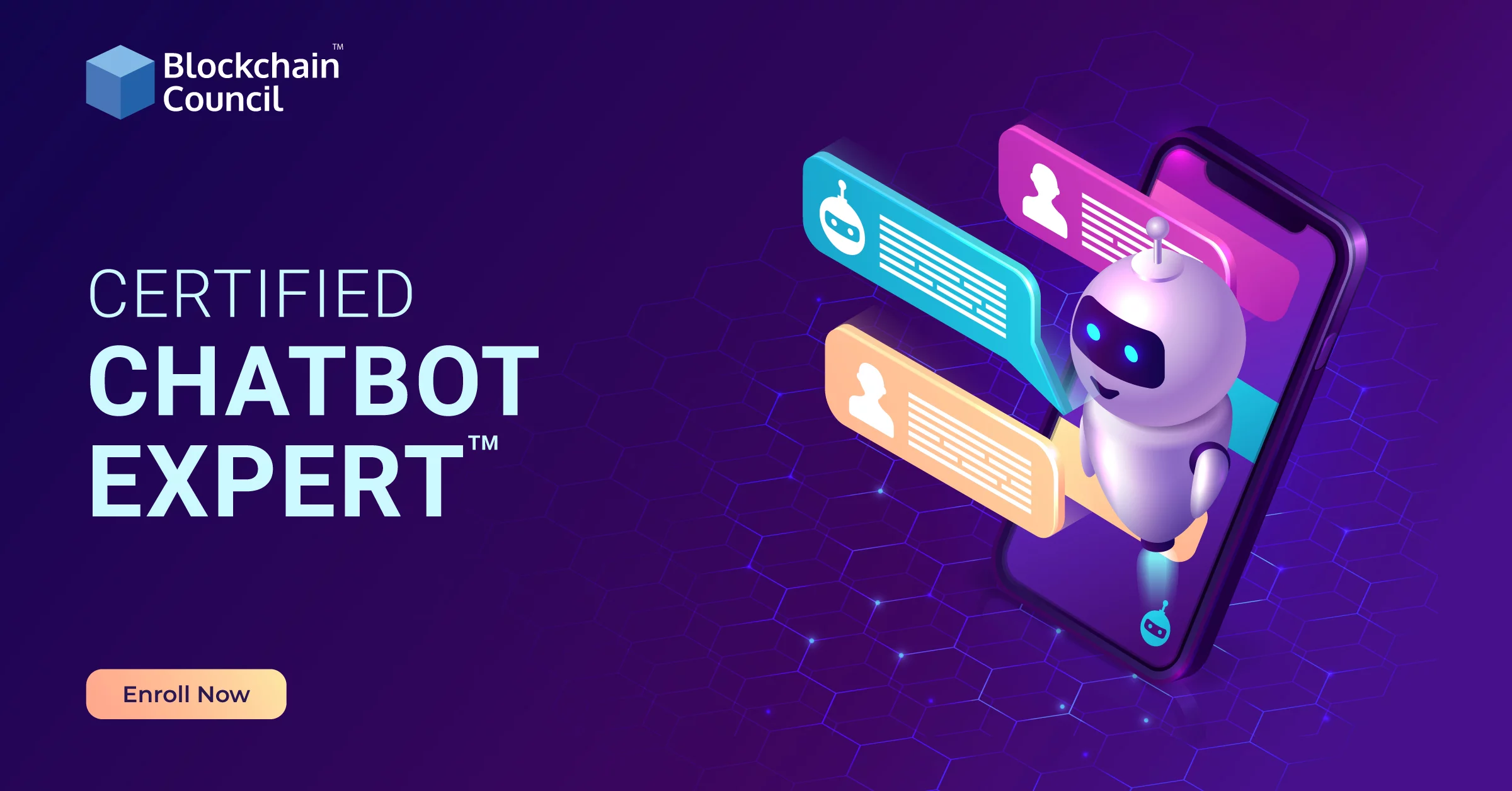



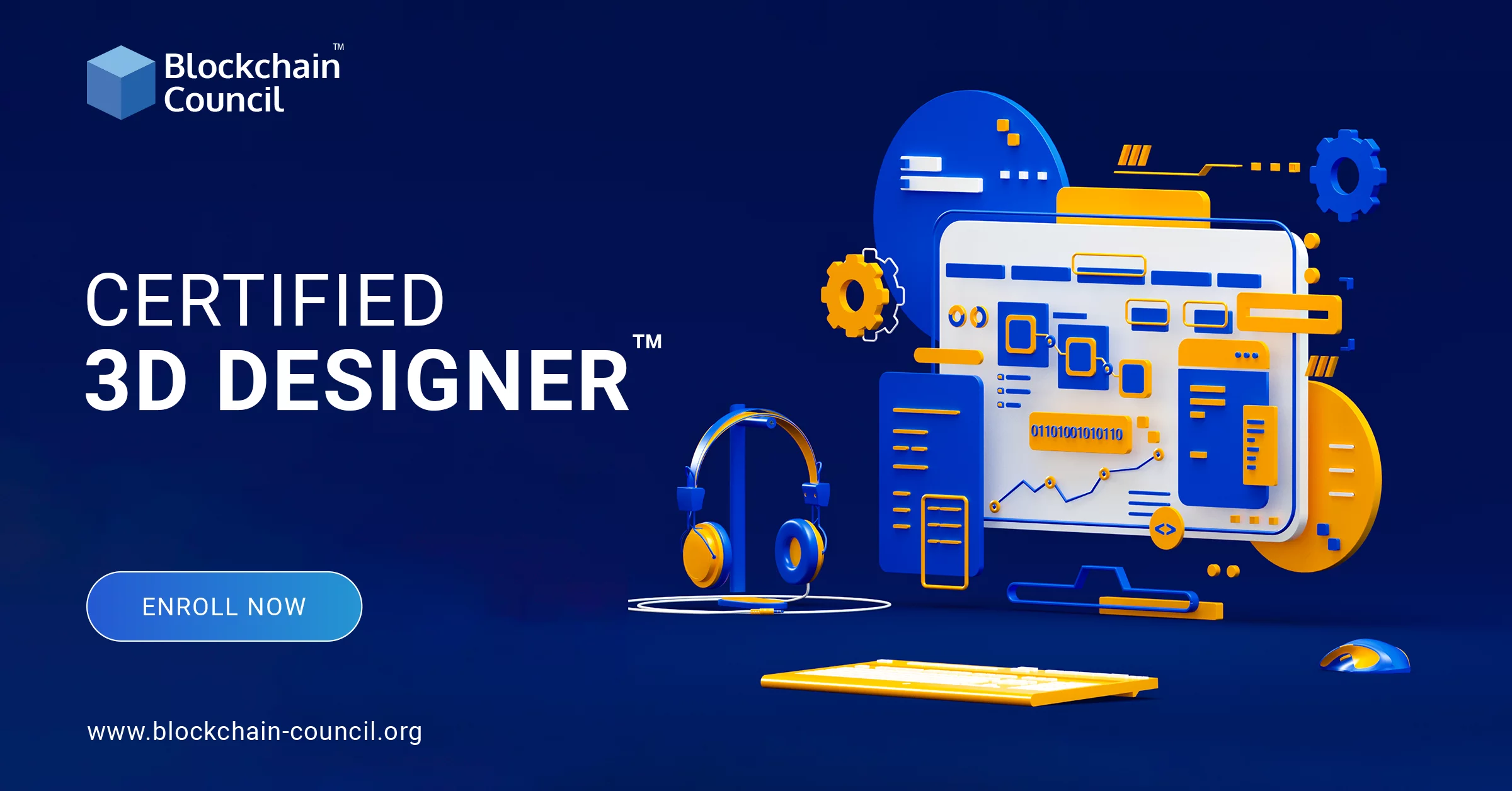

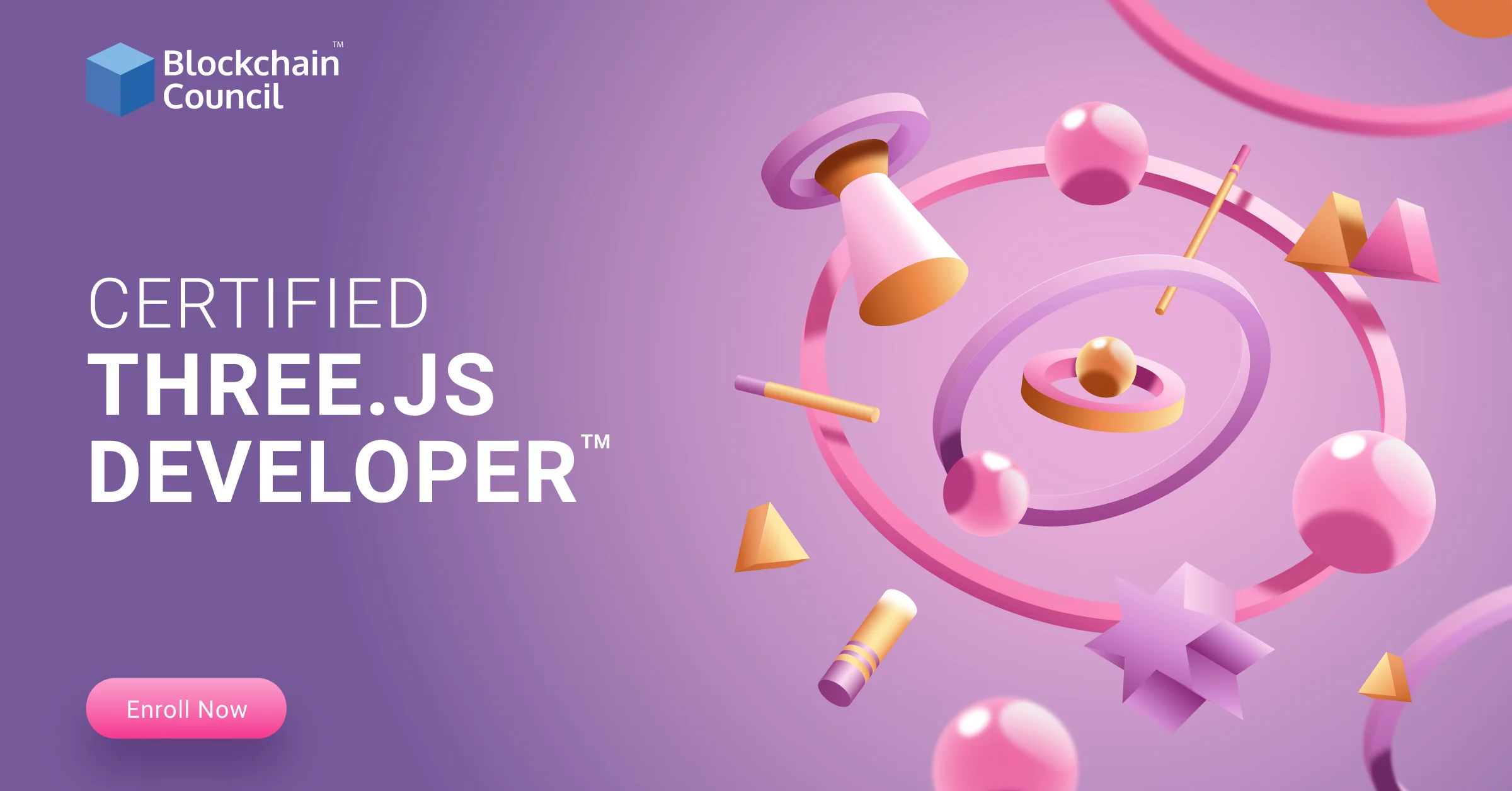
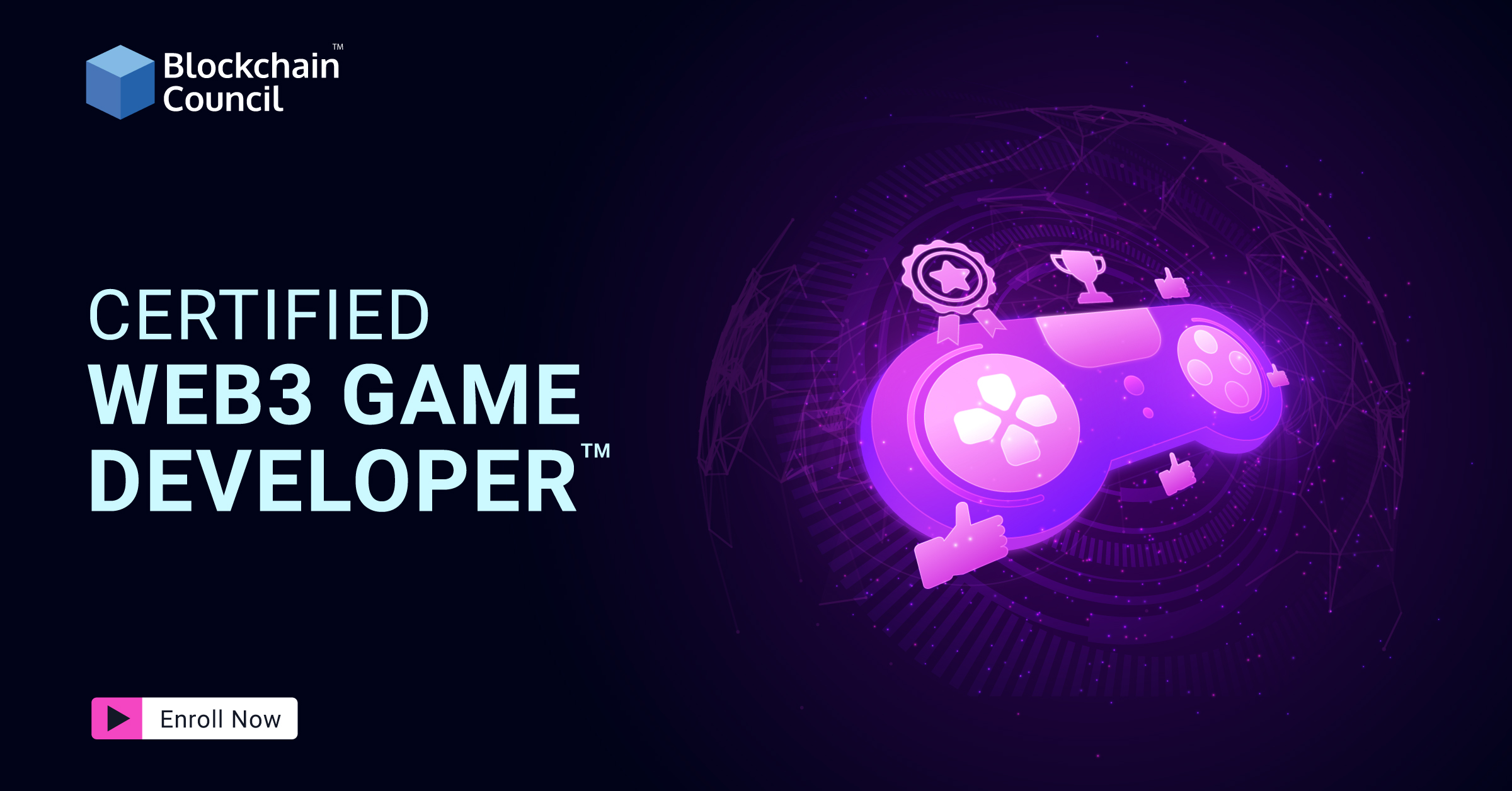
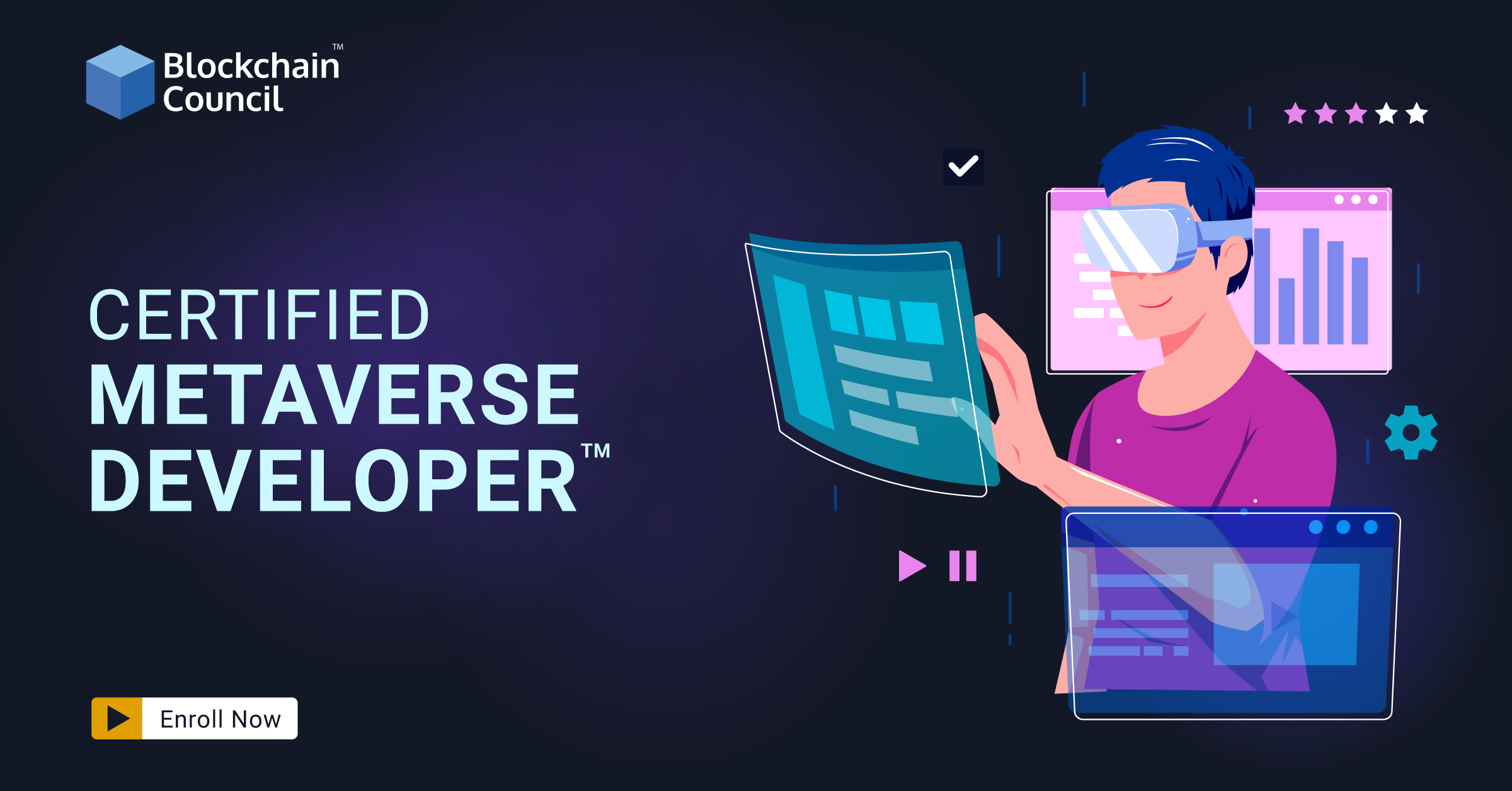
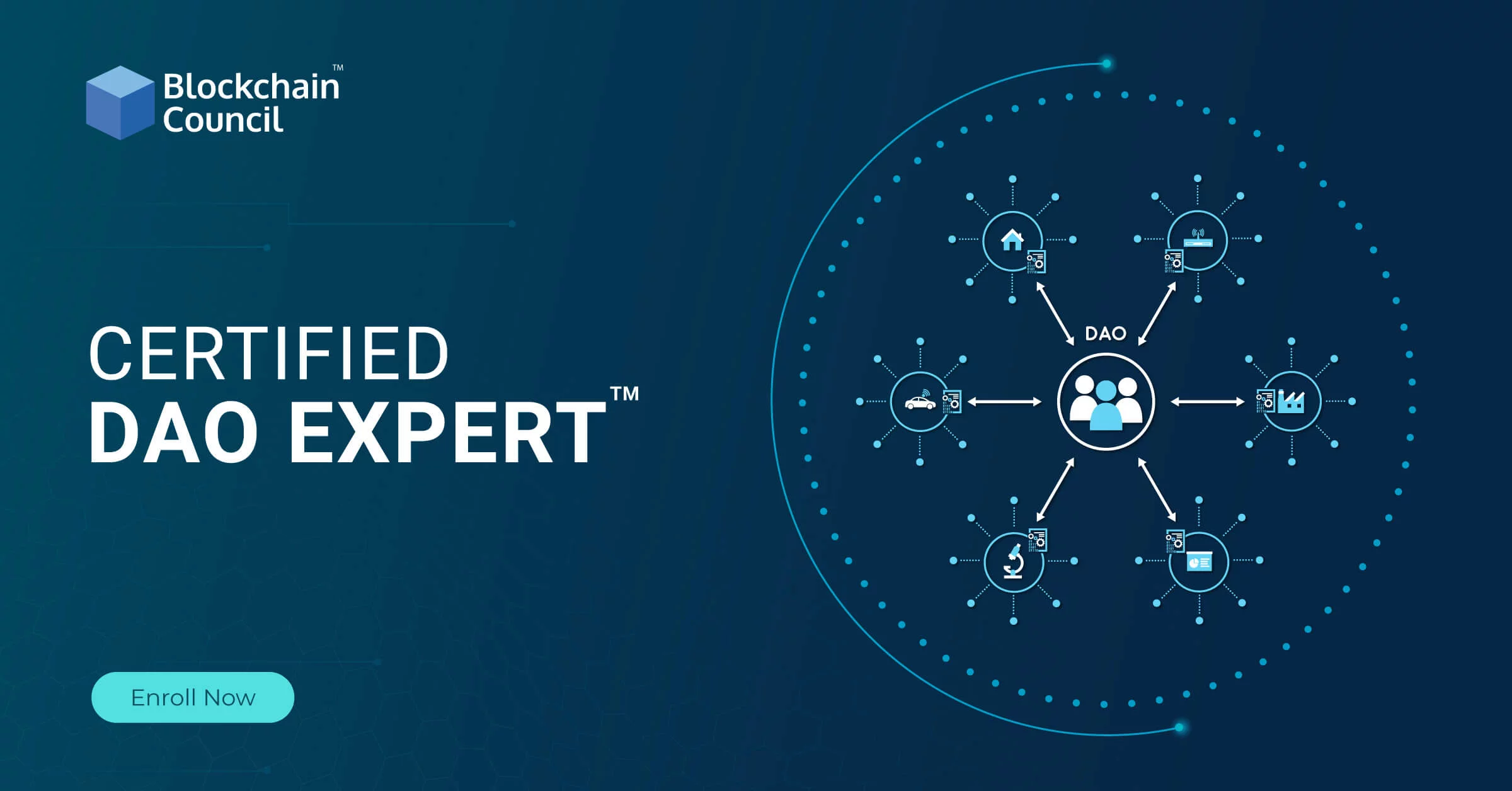


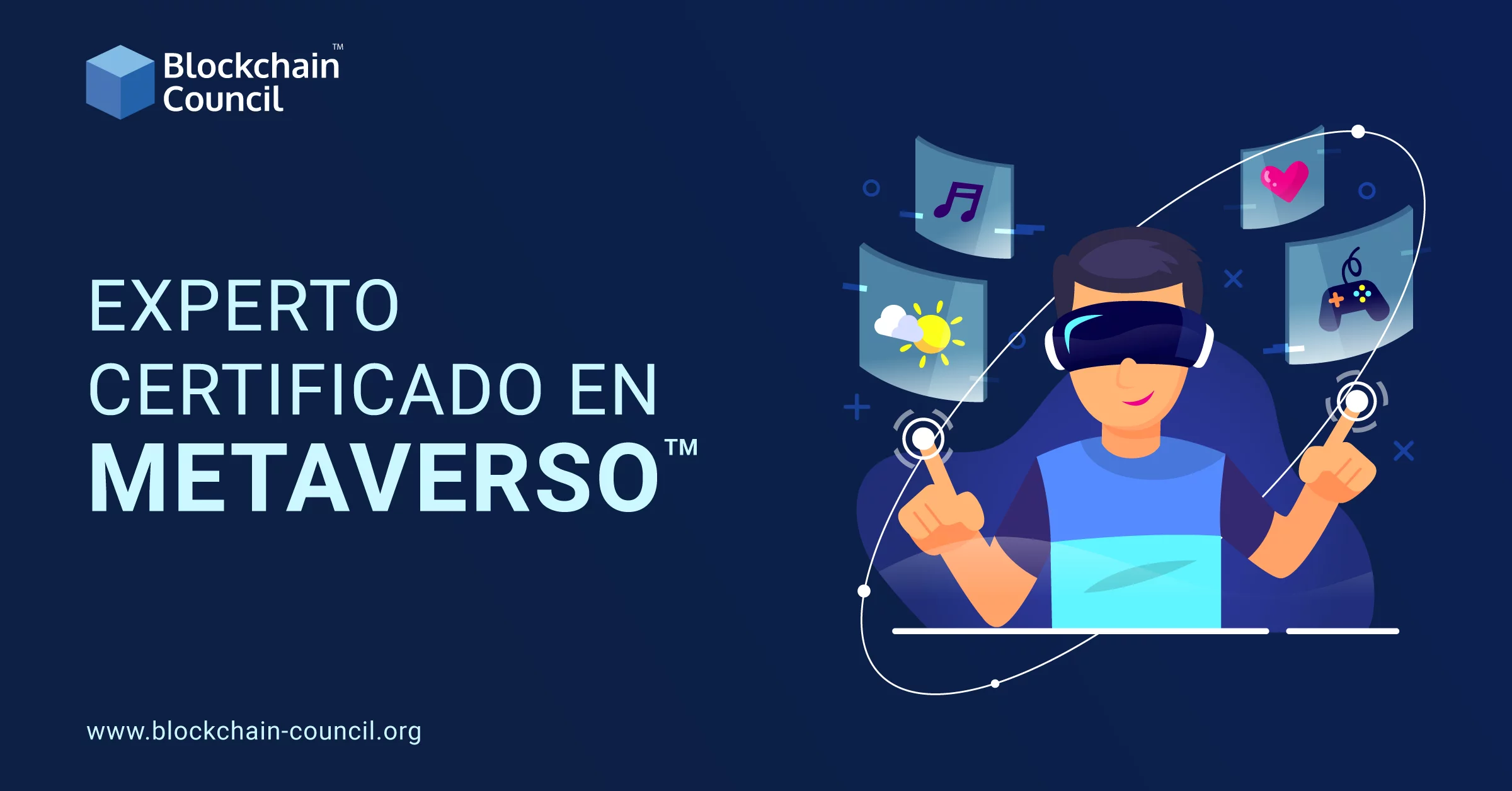
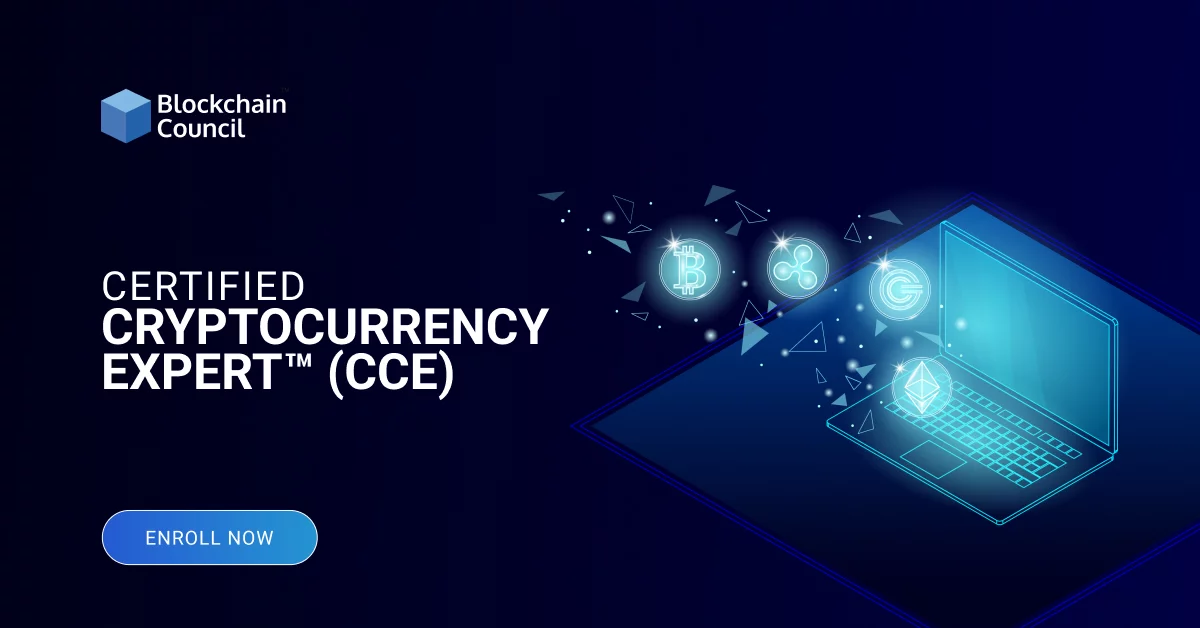
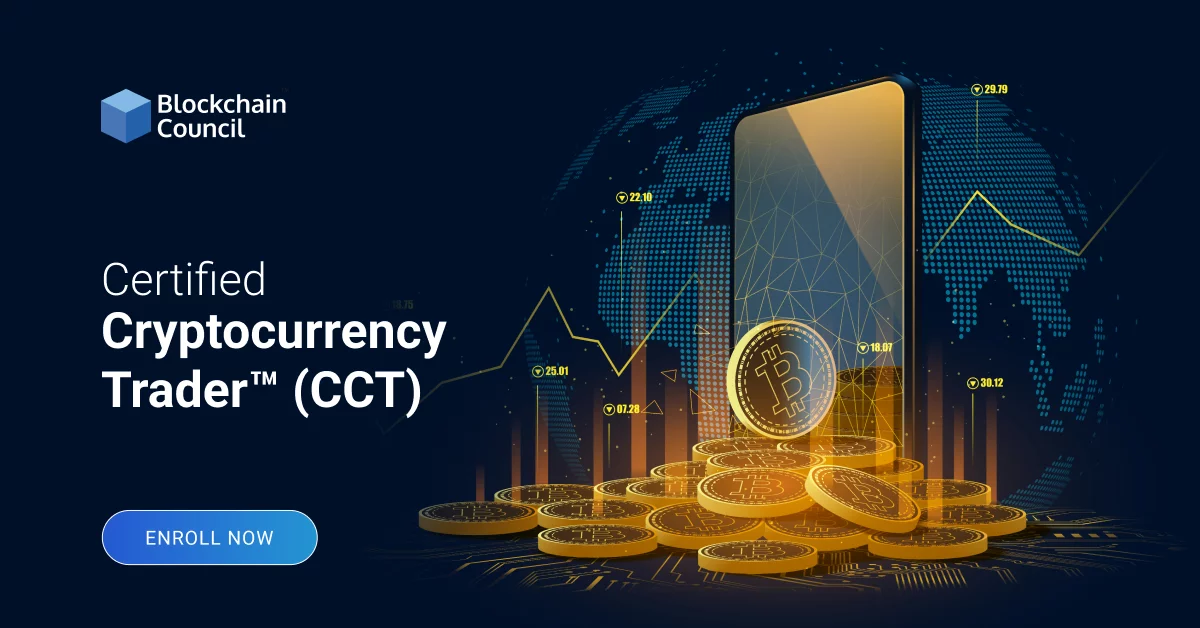
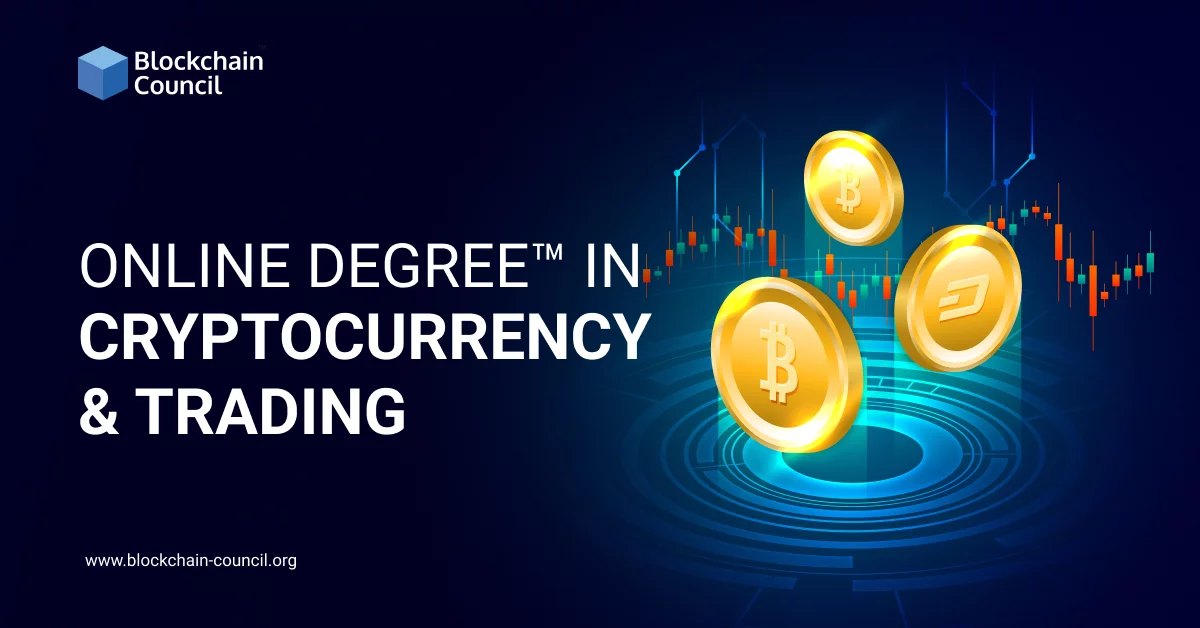
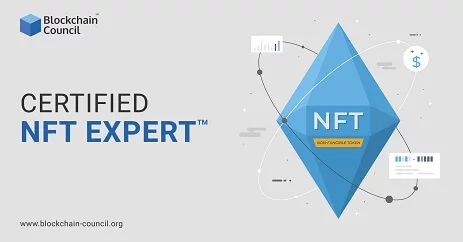
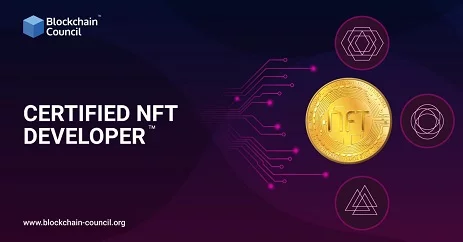
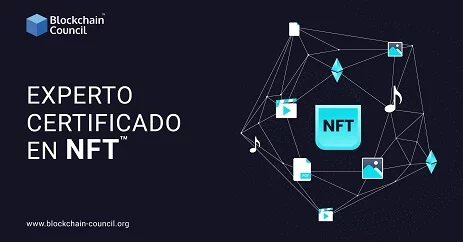
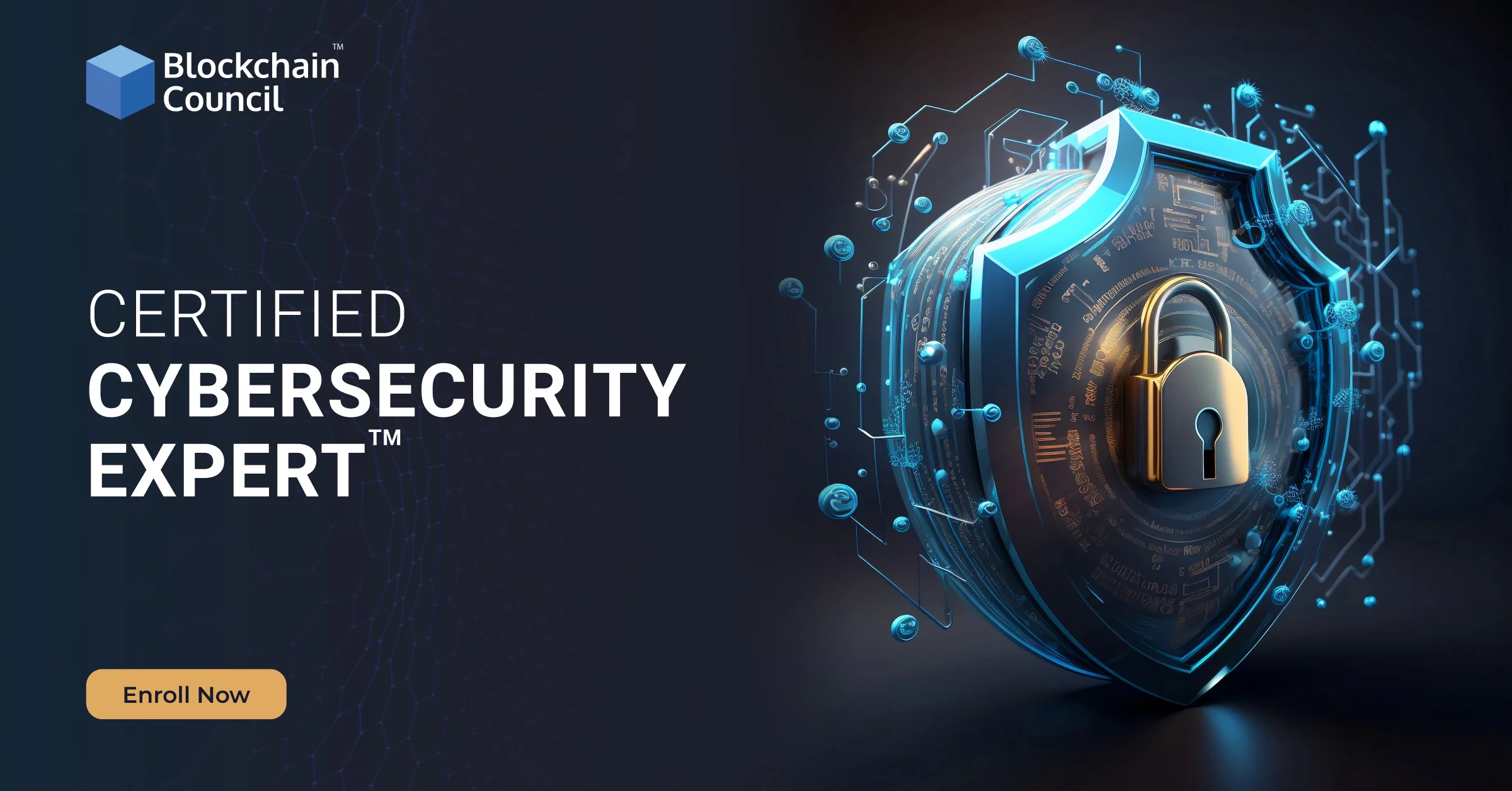
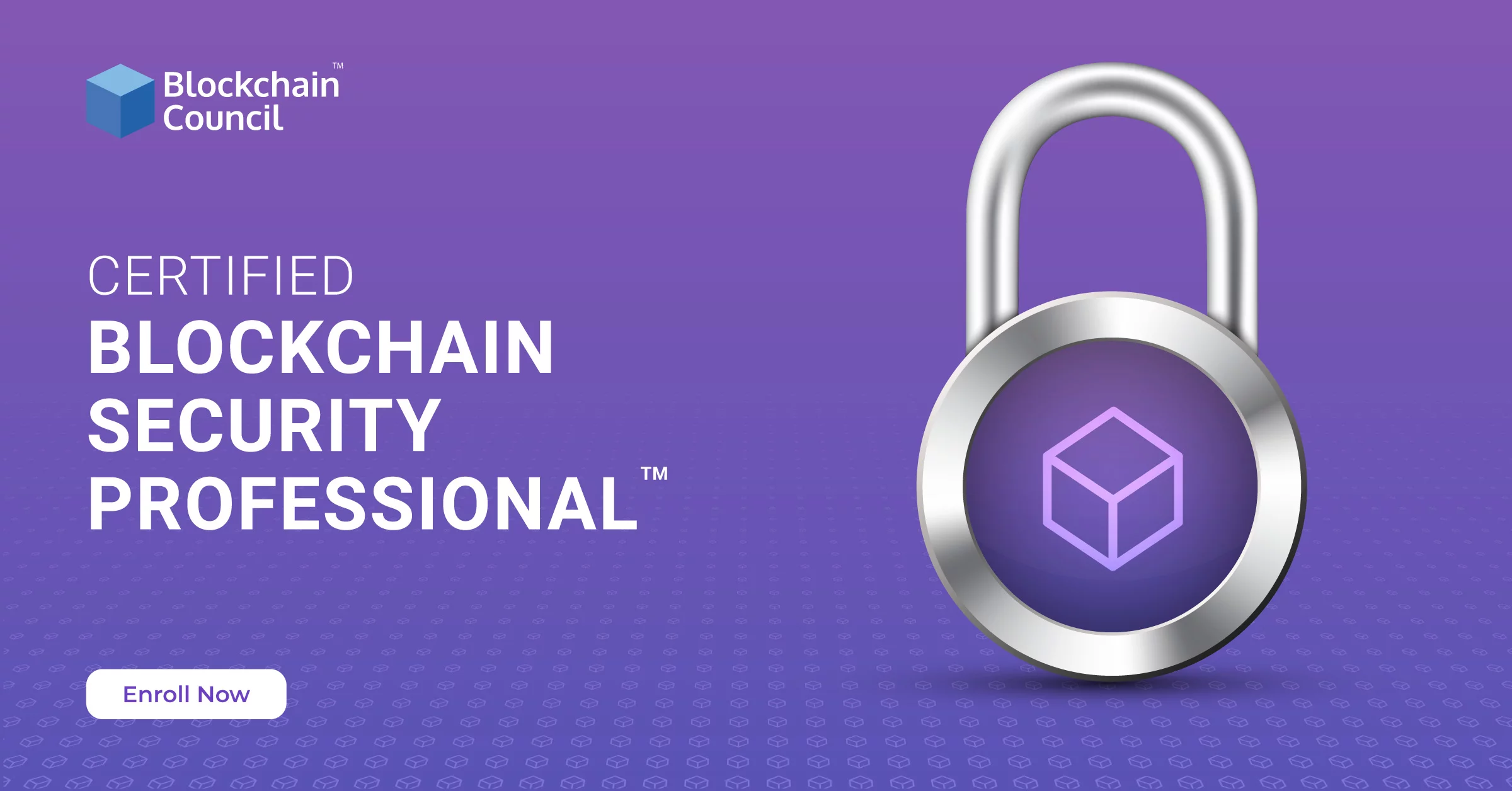

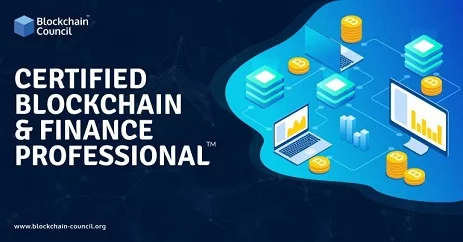
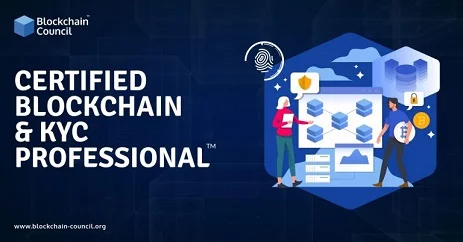


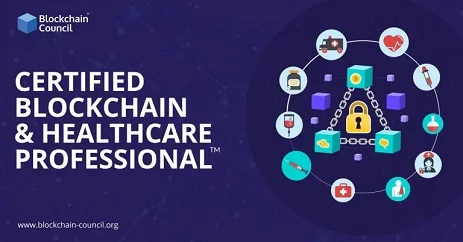
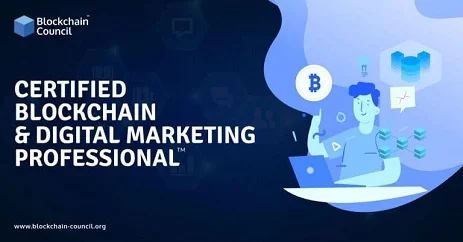



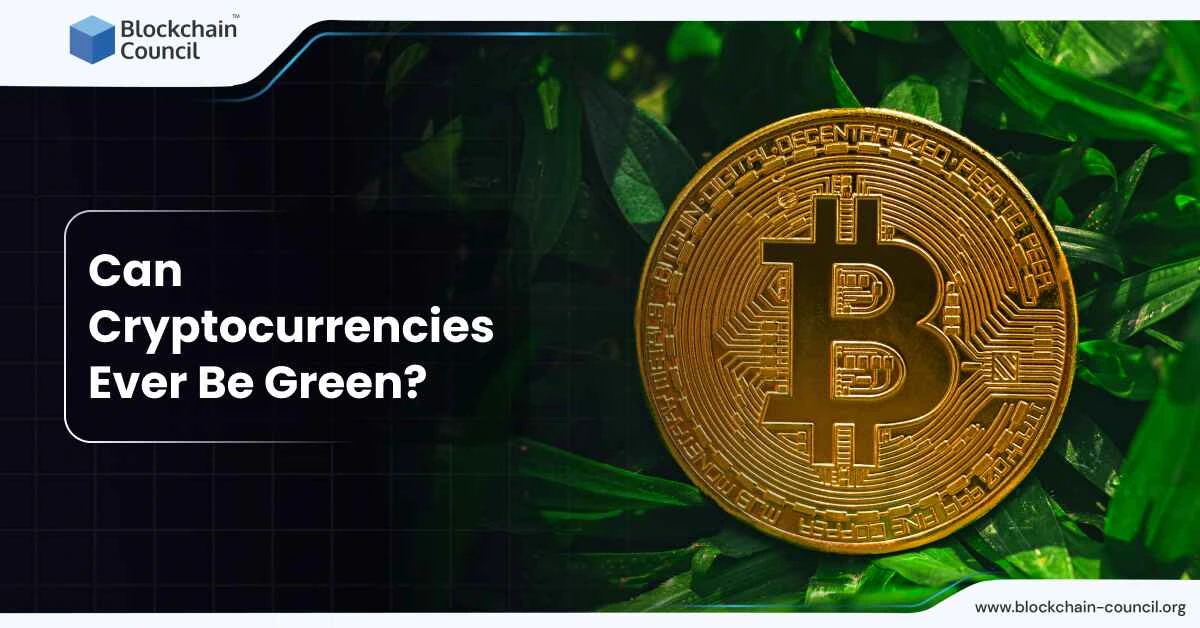
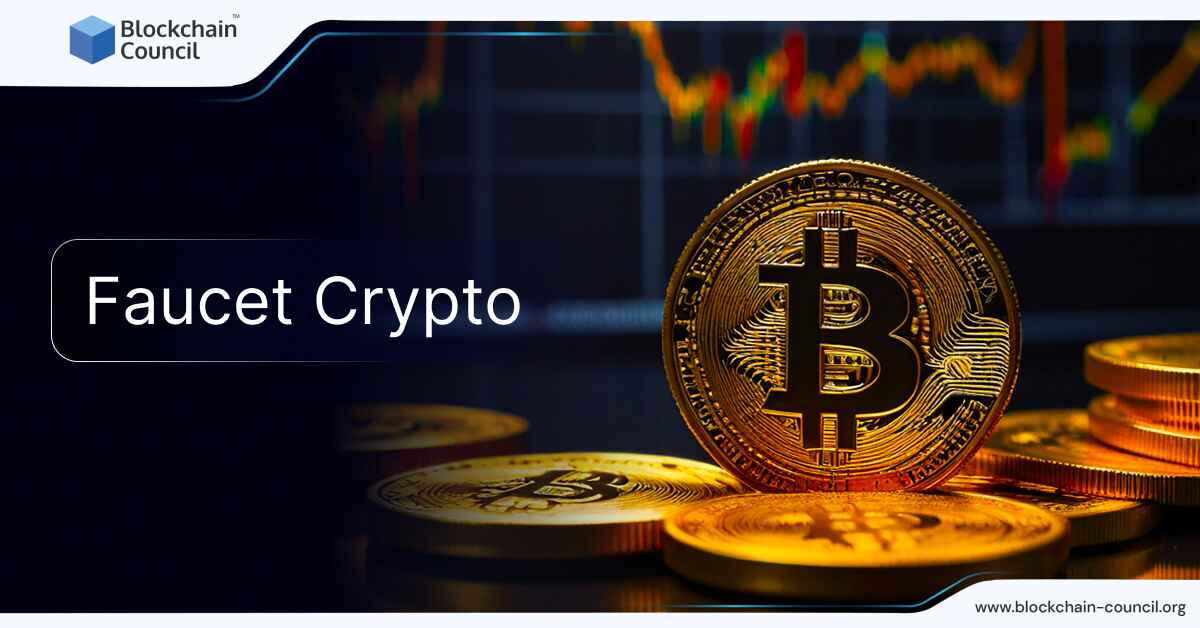

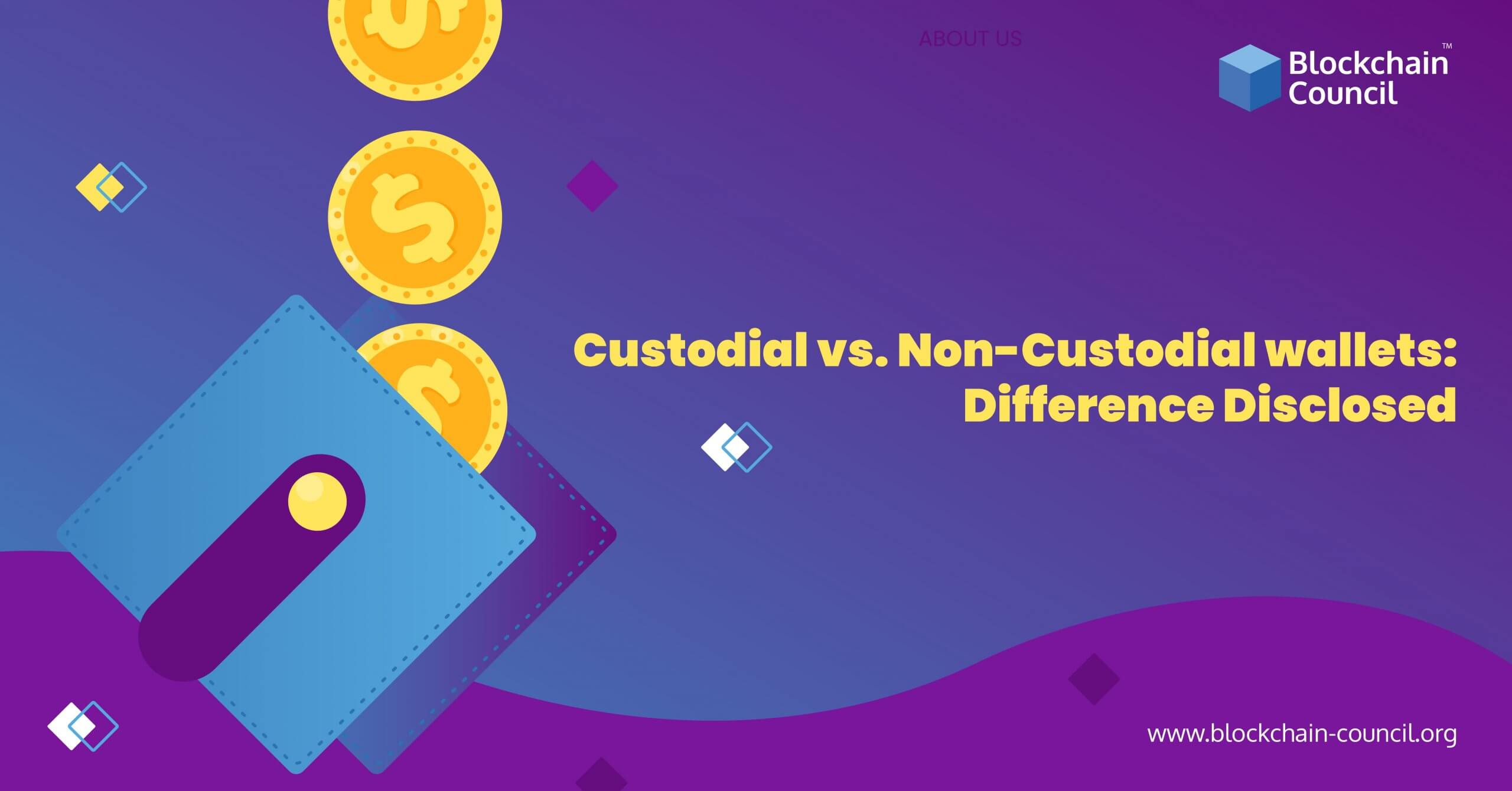
 Guides
Guides News
News Blockchain
Blockchain Cryptocurrency
& Digital Assets
Cryptocurrency
& Digital Assets Web3
Web3 Metaverse & NFTs
Metaverse & NFTs
